In October 1956, a countrywide massive protest against the Hungarian People’s Republic and its Soviet-imposed policies broke out. The protest lasted for a month and thousands of Hungarians were killed and wounded and thousands of Hungarians fled the country. This event is also known as Hungarian Uprising and it was started by young intellectuals.
Police opened fire on protestors
The nationwide revolt started after the students protested against the government. Thousands of people participated in this protest and they marched towards the Hungarian parliament, calling out on the streets using a van with loudspeakers. A group of students also tried to invade the national radio building to try to broadcast their demands. They were arrested by the police and when the protesters outside the building demanded their release, the police opened fire on the protesters from the building. Many students died at the spot and were wrapped in the flag held above the crowd. This incident fueled countrywide unrest and erupted in violent riots.
The Collapse of Soviet-backed Hungarian Government
The revolt spread quickly and the Hungarian government collapsed. In the fight against the State Security Police and the Soviet army, thousands organized themselves into militias. There were barbaric incidents during the uprising. Many local leaders and members of the state security police were lynched and arrested, while former political detainees were released and armed. Radical impromptu workers wrested control of the city from the Hungarian Working People’s Party and demanded a political change. The new government of Imre Nagy formally dissolved the state security police, announced its intention to withdraw from the Warsaw Pact, and promised to re-establish free elections. By the end of October, protests and fighting had almost stopped. Although, some workers continued fighting in opposition to both the Stalinist regime and the appearances of “bourgeois” parties in its wake.
Soviet invasion and Imre Nagy’s execution
When the revolt was at its peak, the government and Soviet forces agreed to the negotiation. However, as the strength and intensity began to weak, the communist party changed their mind and moved to crush the revolution with an intense force. The Soviet forces invaded Budapest and other parts of the country on November 4. The battle between the rebellions and Soviet Forces began and it continued until November 10. Over 2,500 Hungarians and 700 Soviet troops were killed in the conflict and 200. The forces also arrested thousands of people and rebellion leaders. By January 1957, the new Soviet-supported government had suppressed all public opposition. Nagy sought asylum at the Yugoslav Embassy in Budapest. He was captured shortly thereafter and executed two years later. These Soviet actions alienated many Western Marxists, leading to splits and considerable losses of membership for Communist parties in capitalist states. However, the US government did nothing beyond issuing public statements of sympathy for their plight.
Here below are some historic photos that show what the Hungarian revolution of 1950 looked like.


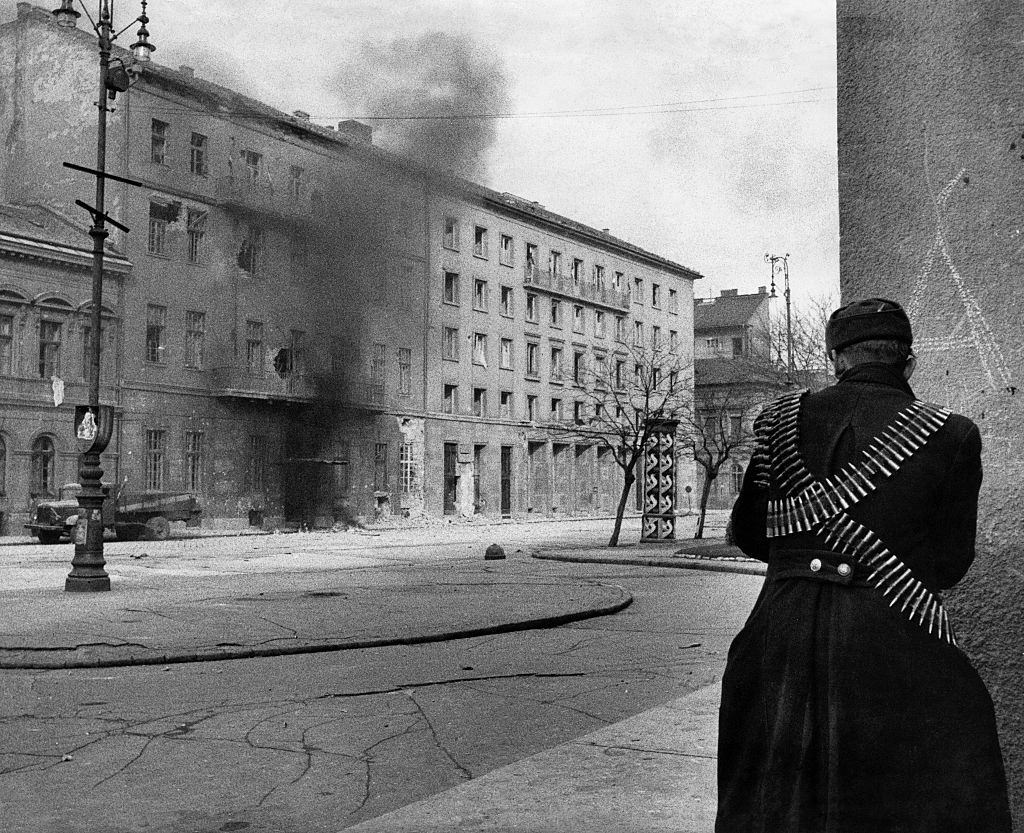
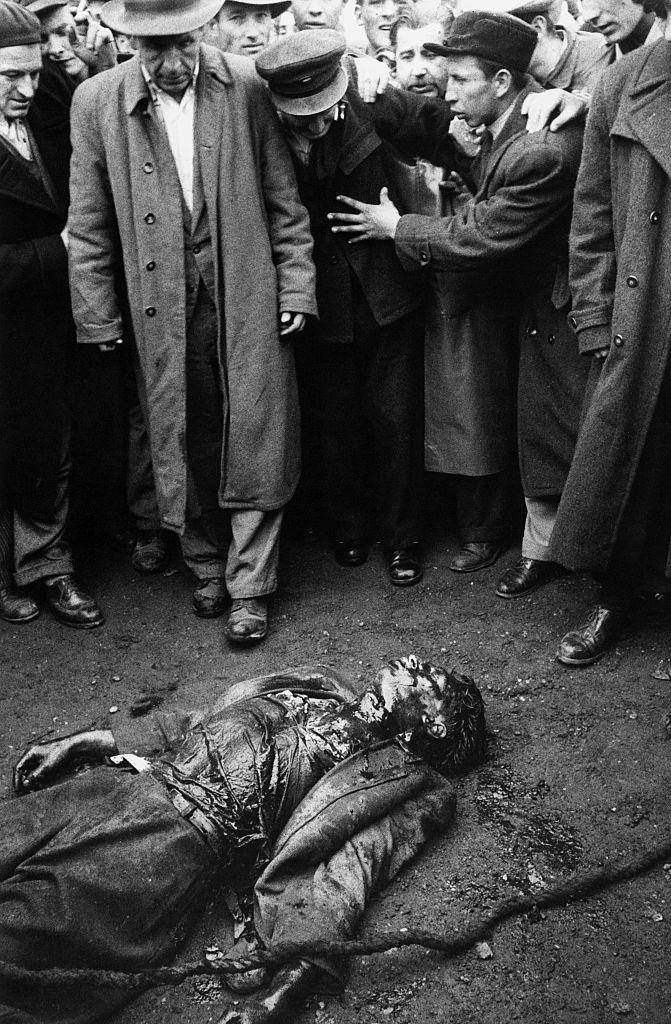
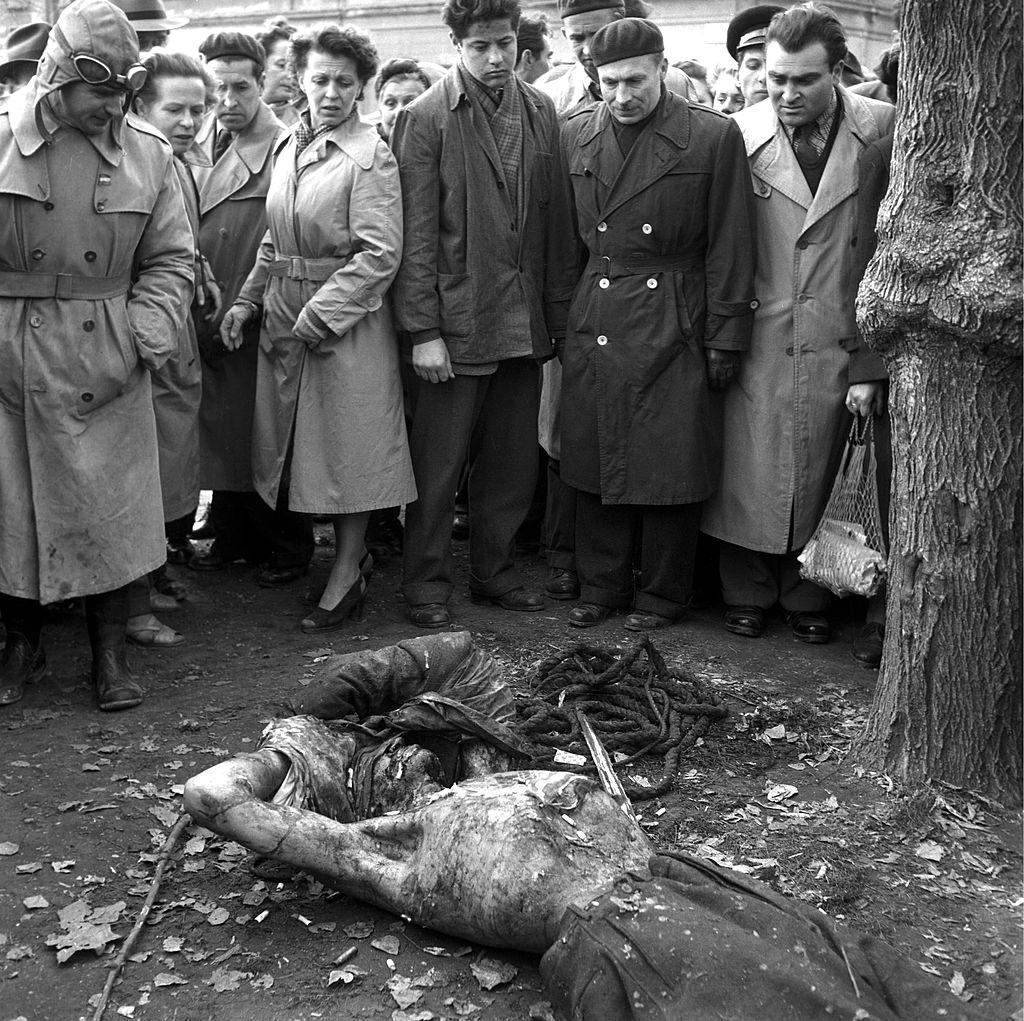
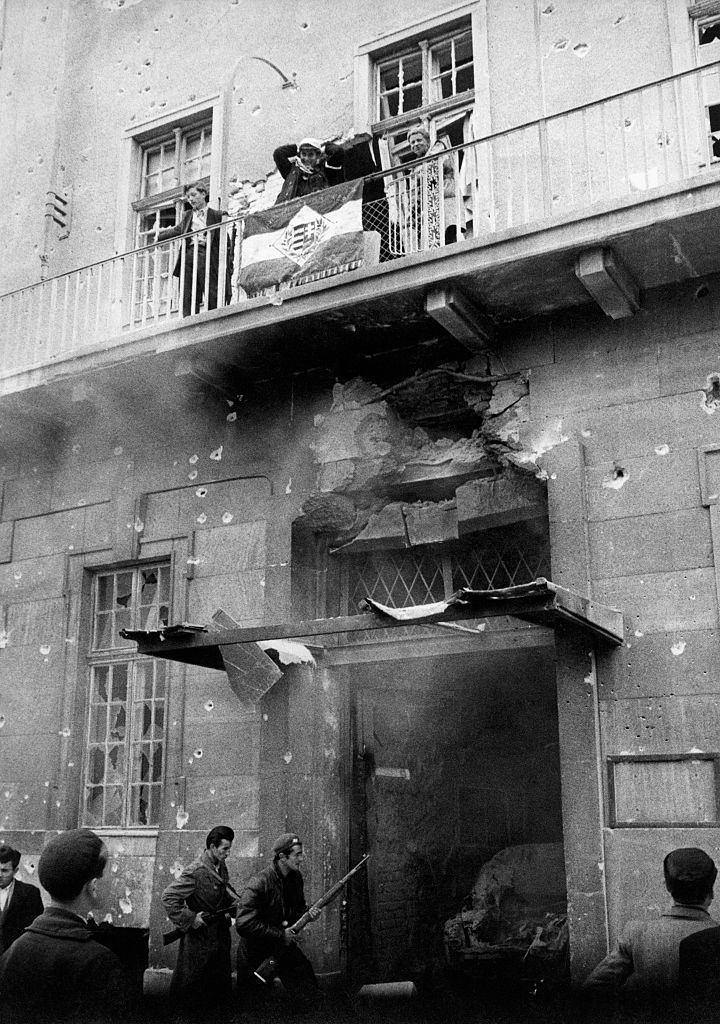
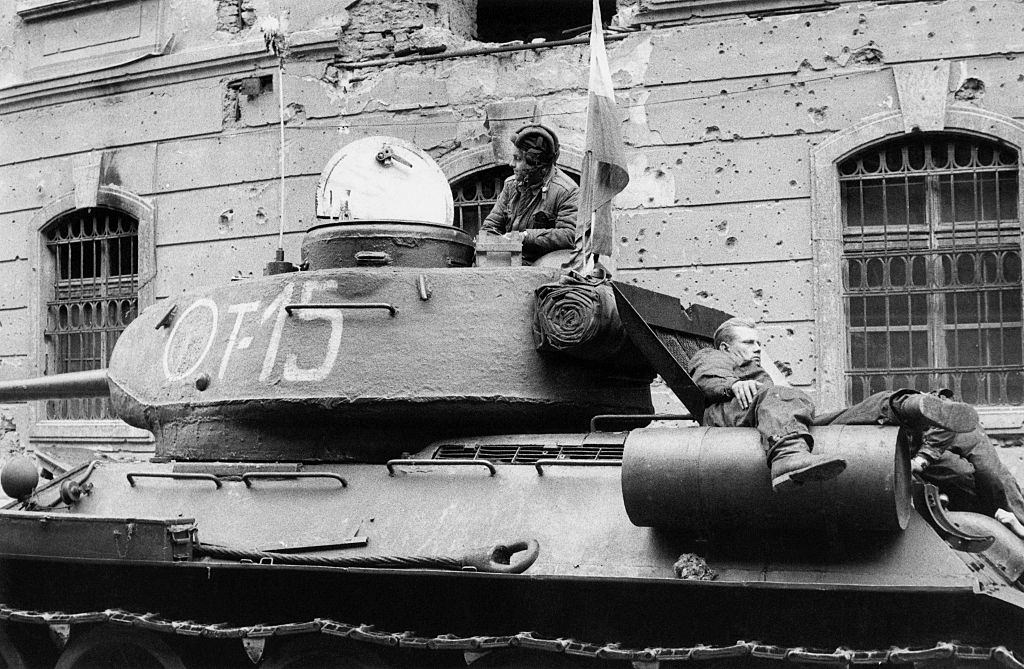
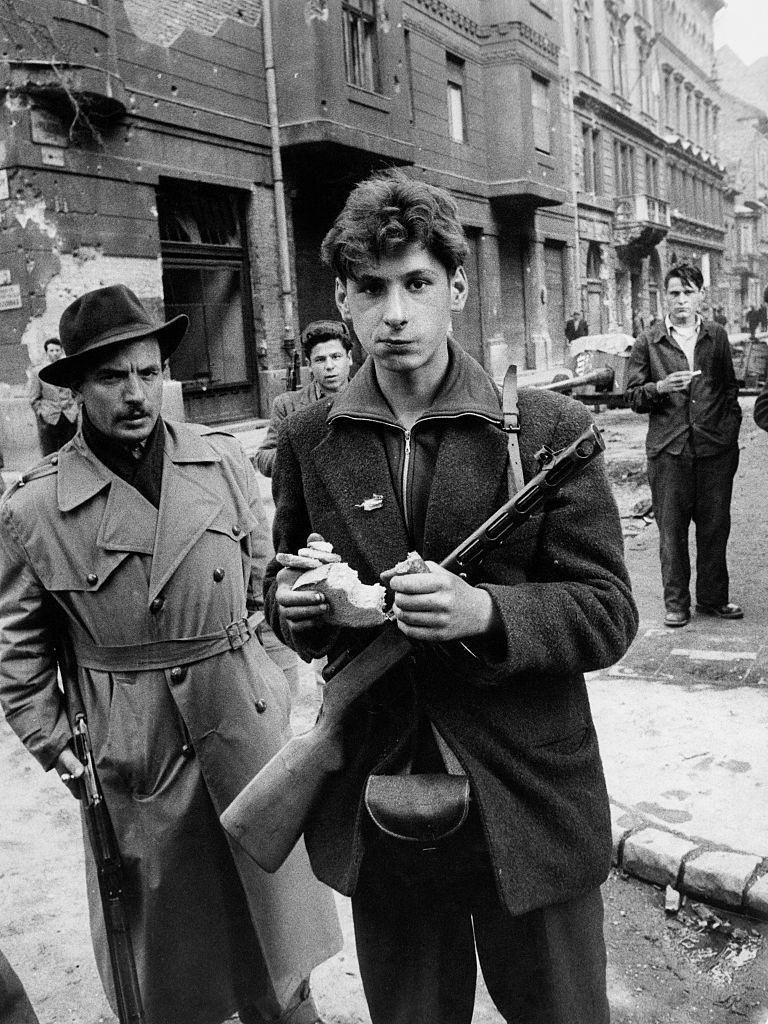
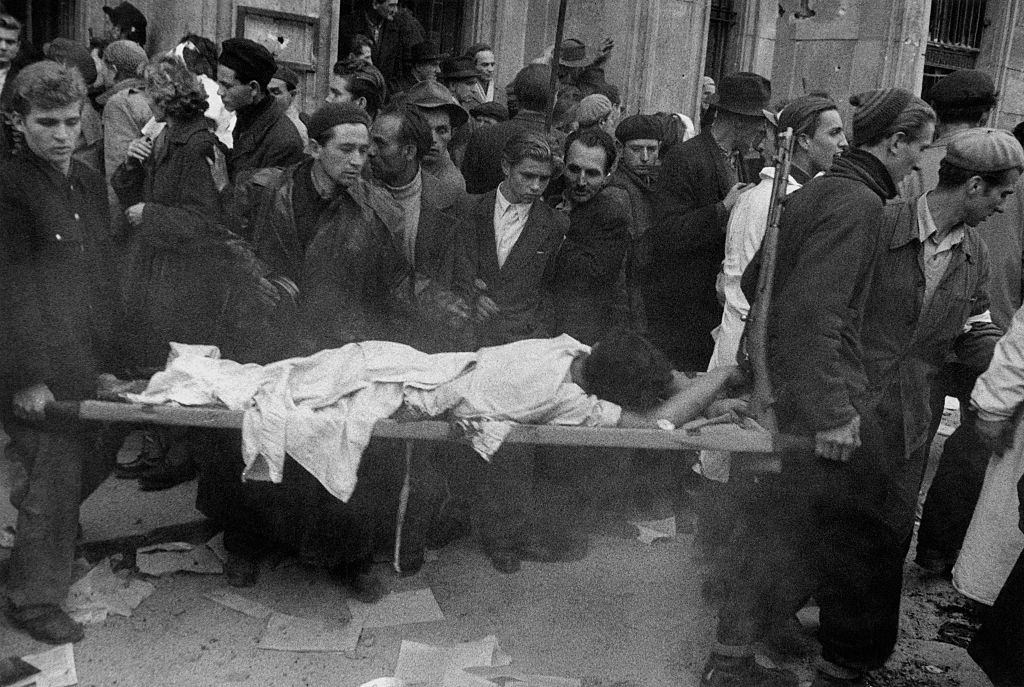
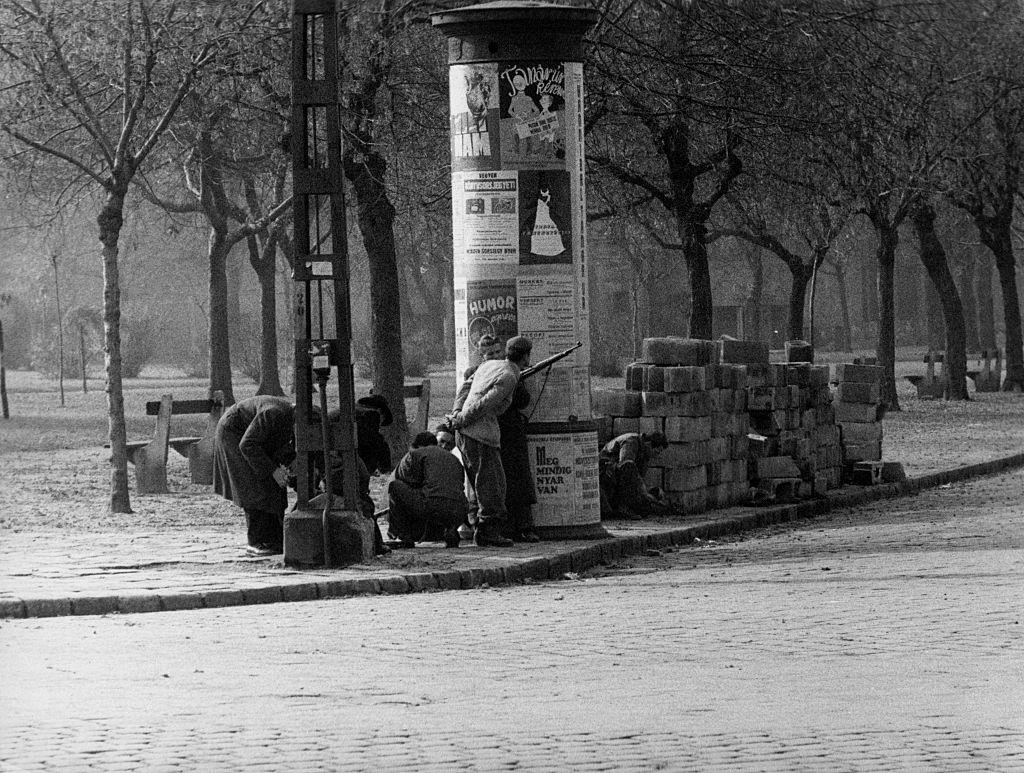
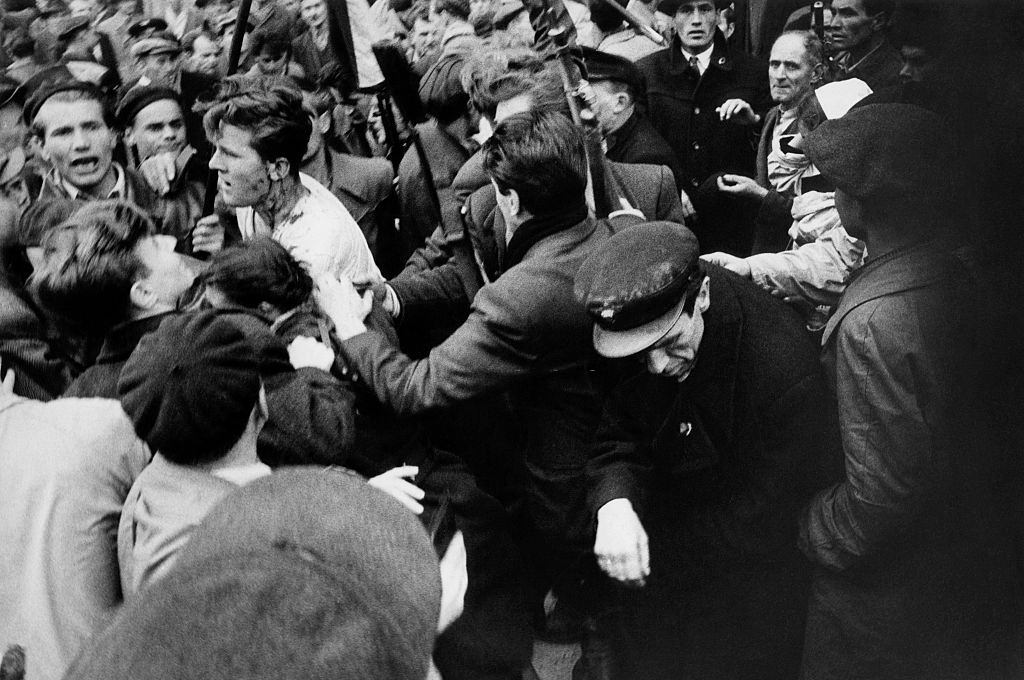
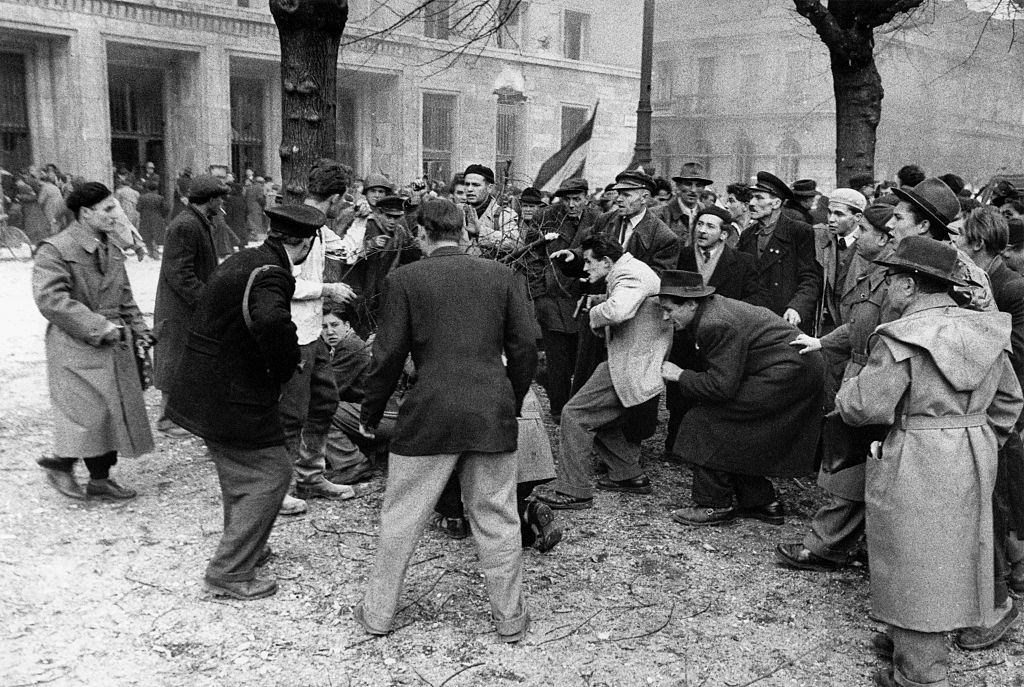
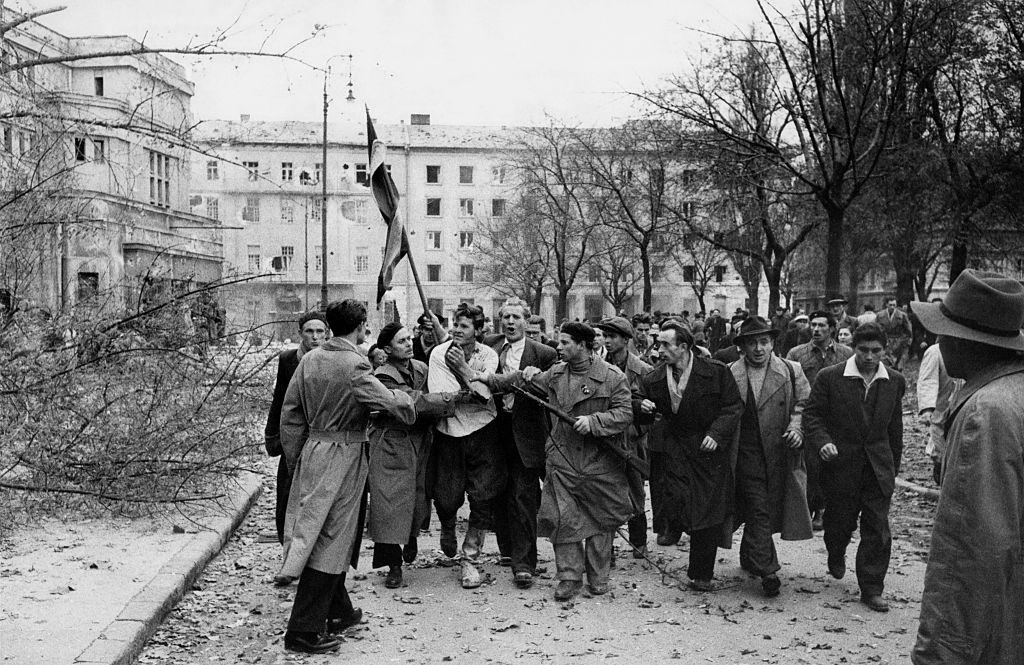
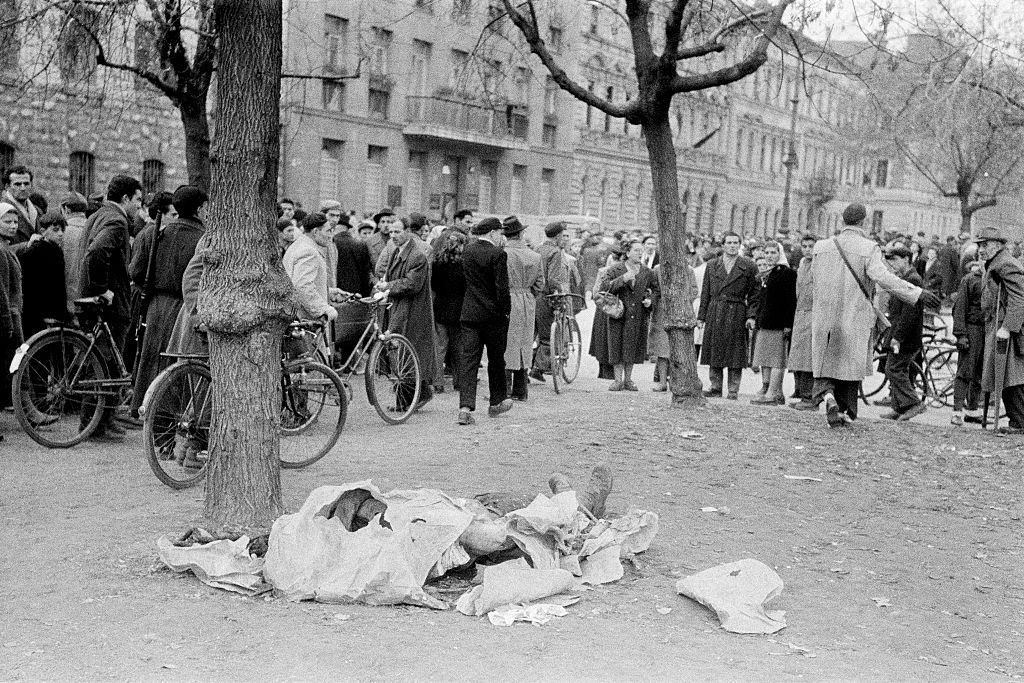
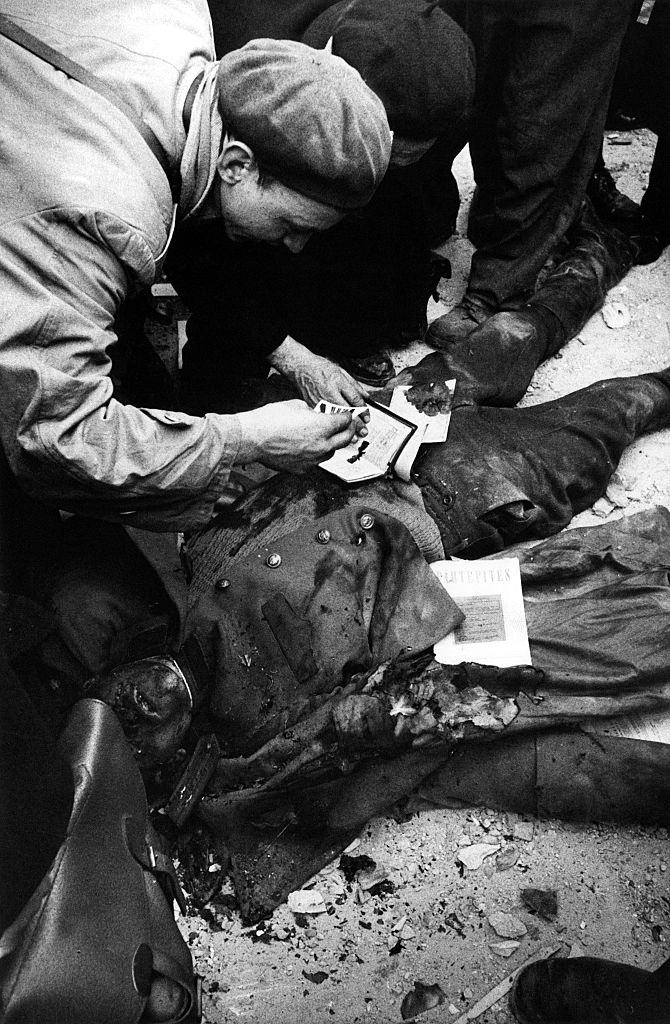
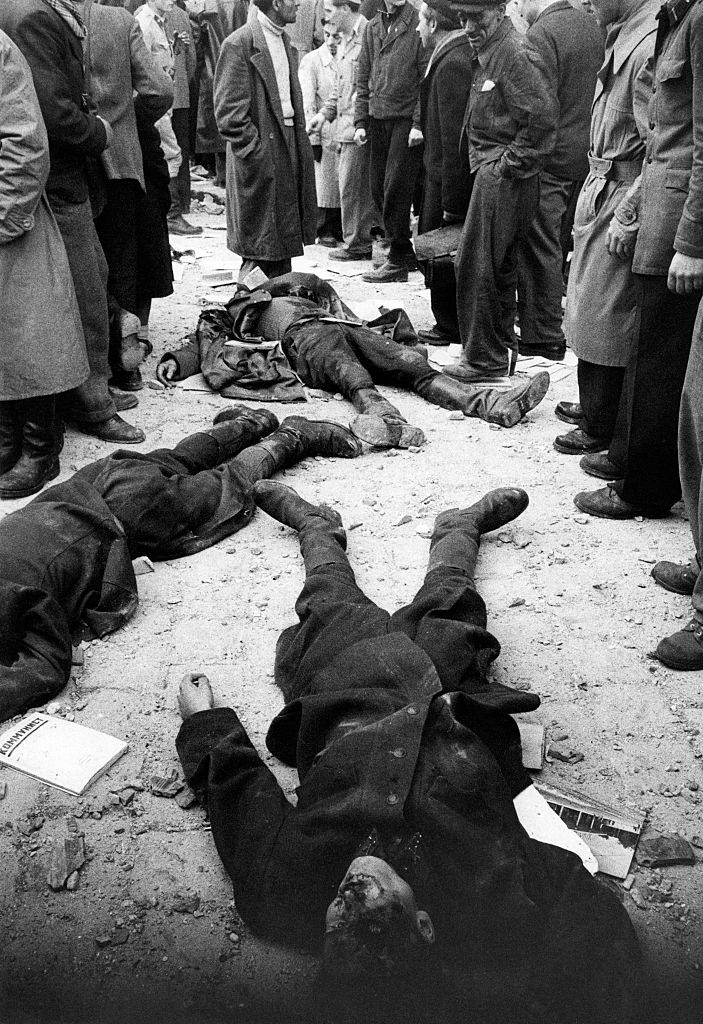
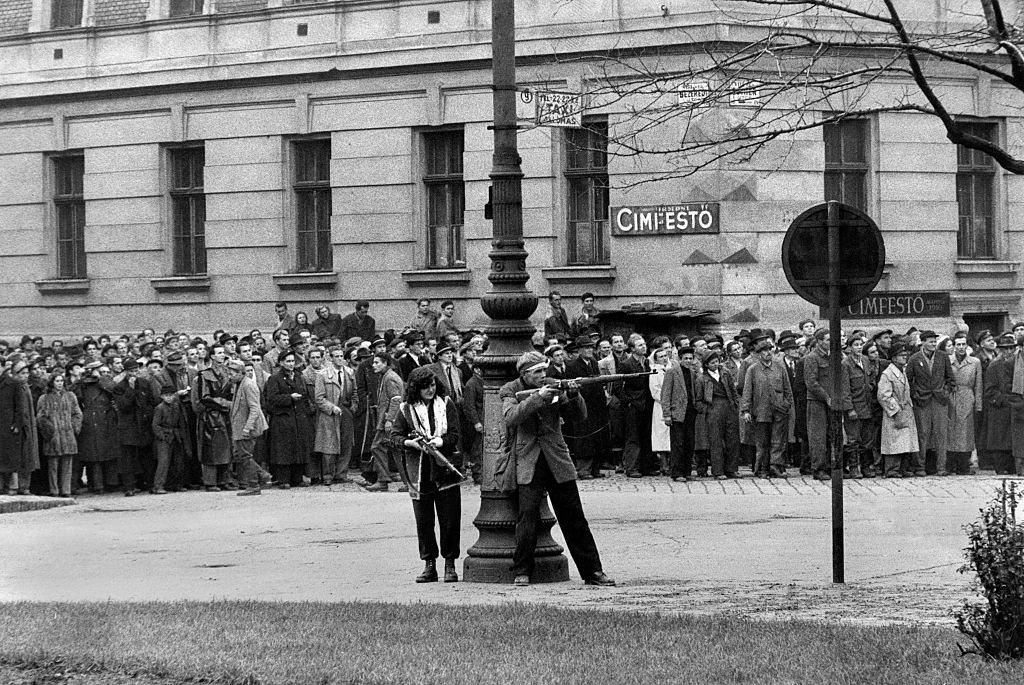
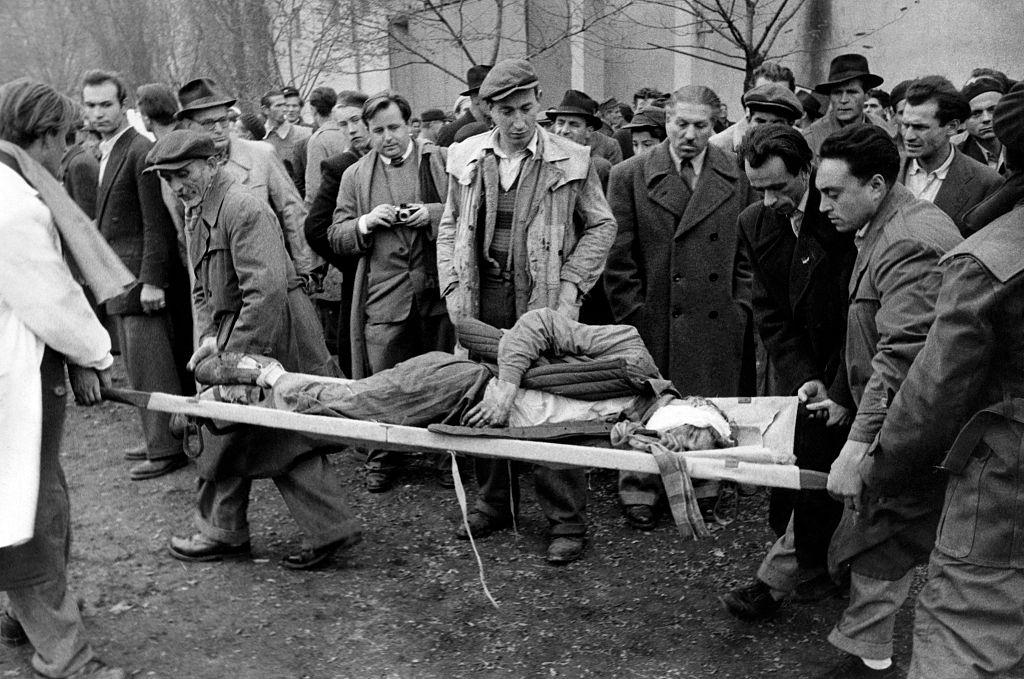
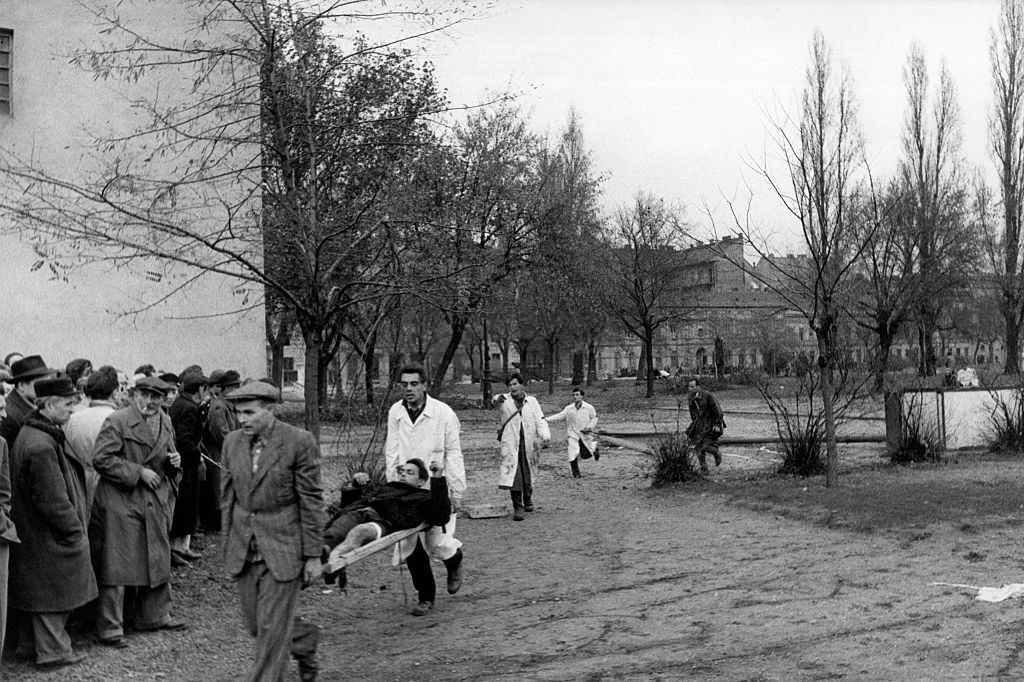
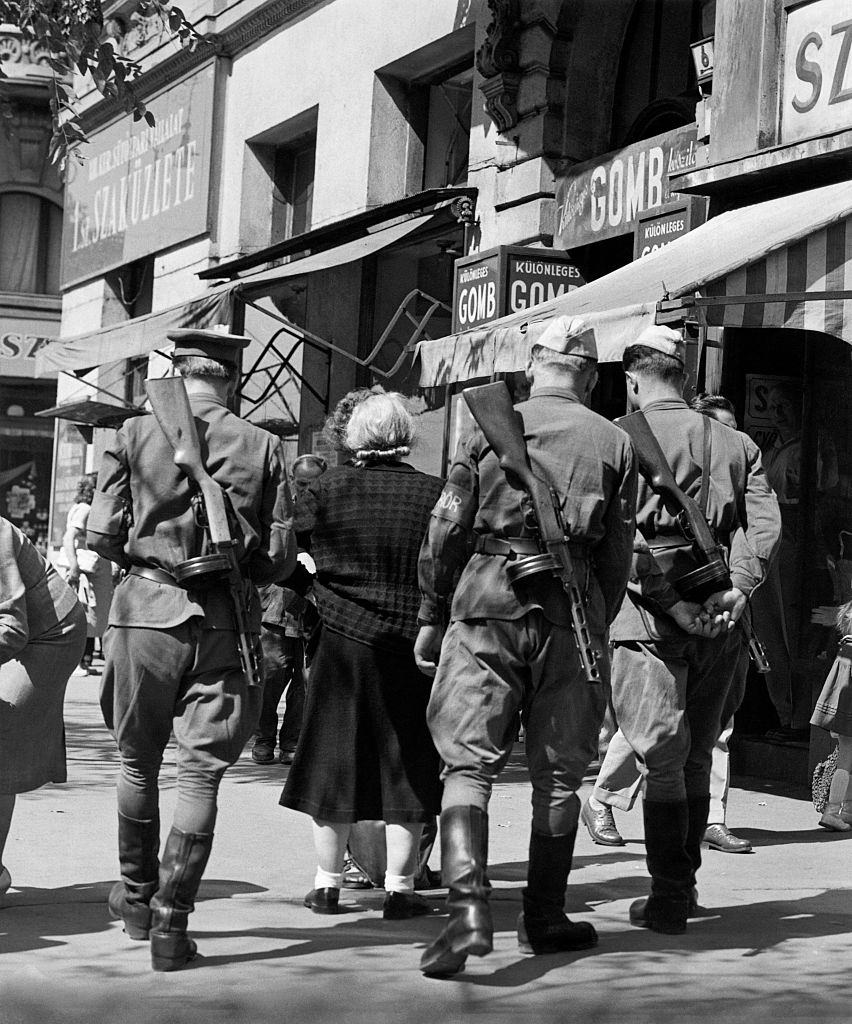
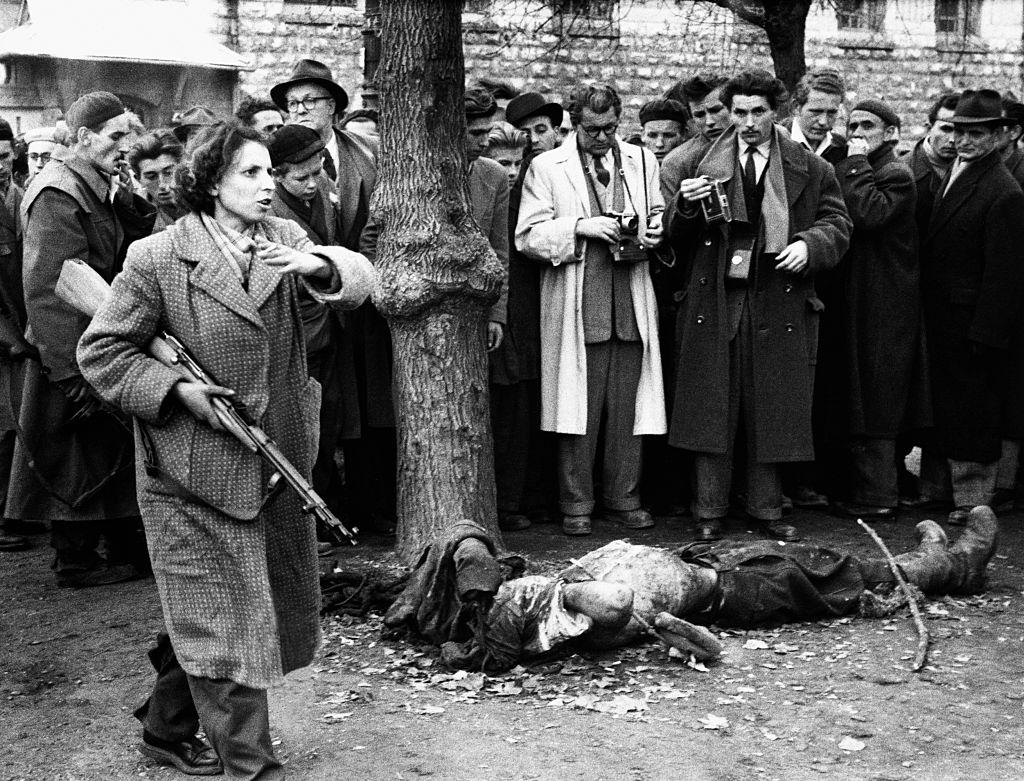
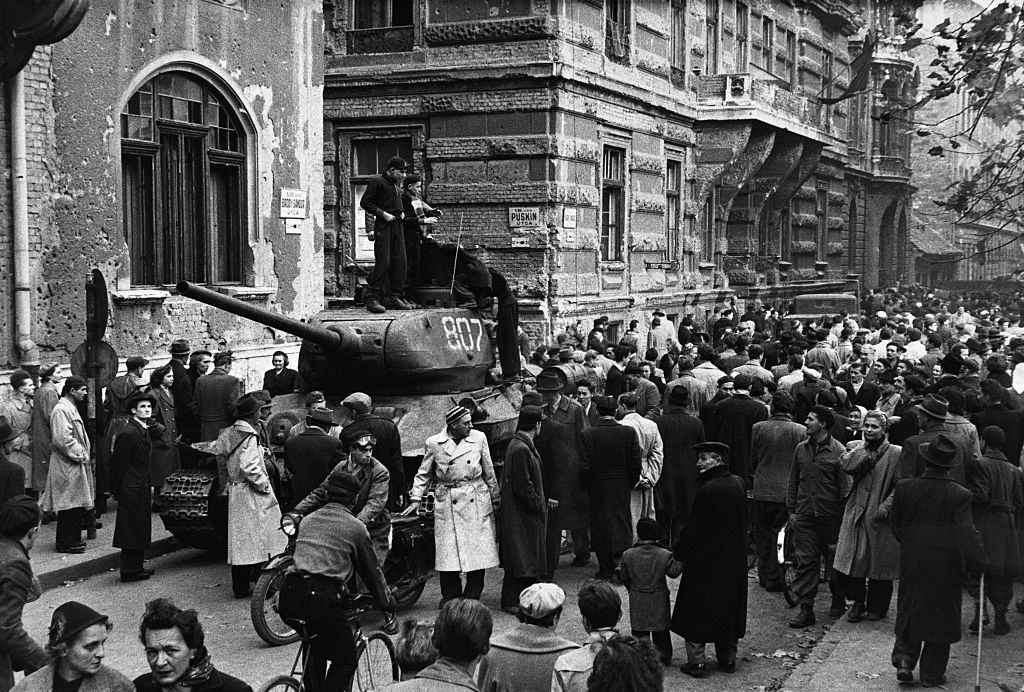
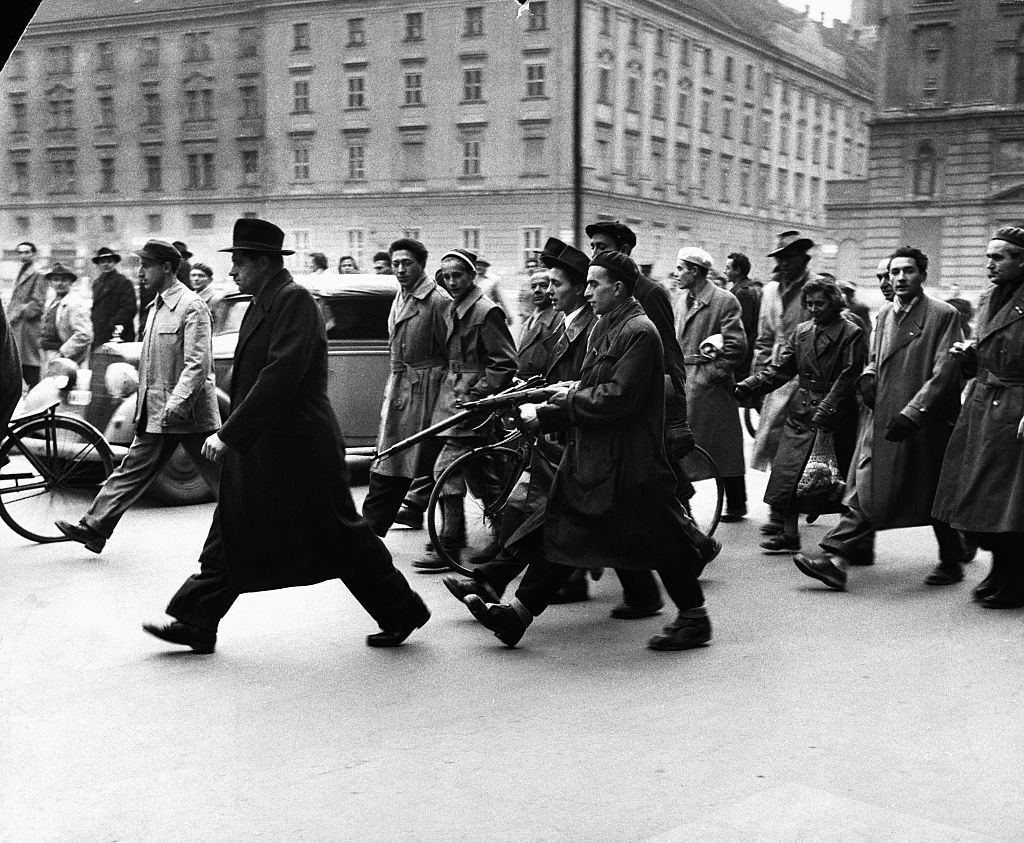
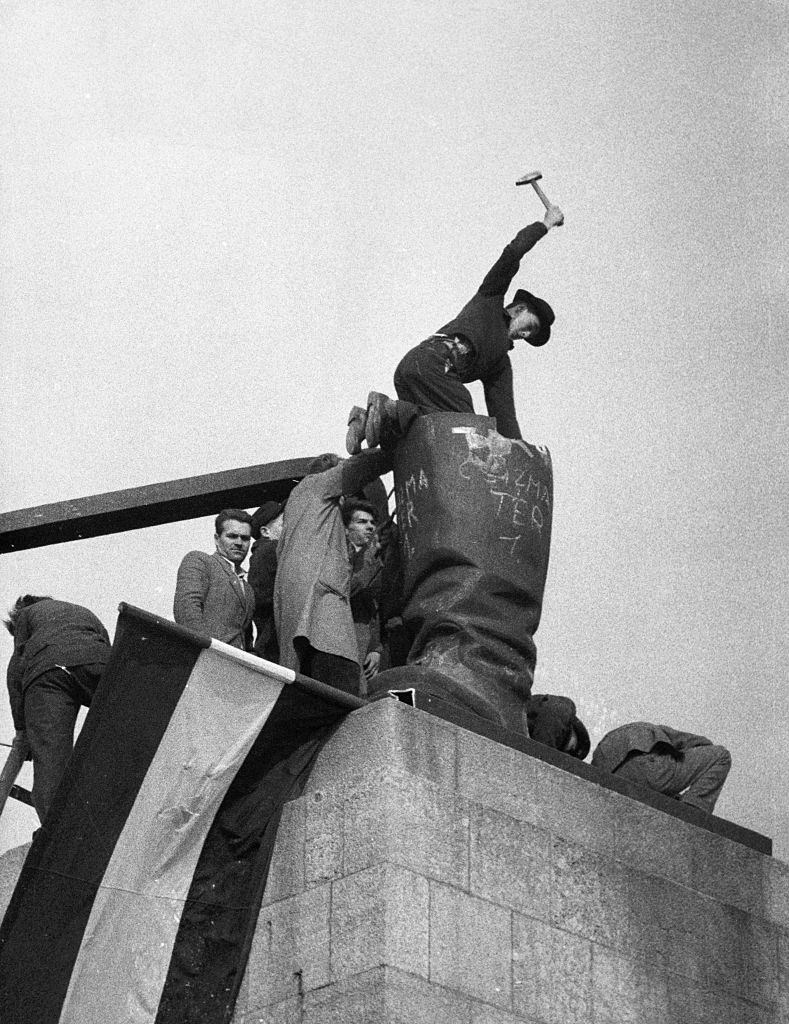
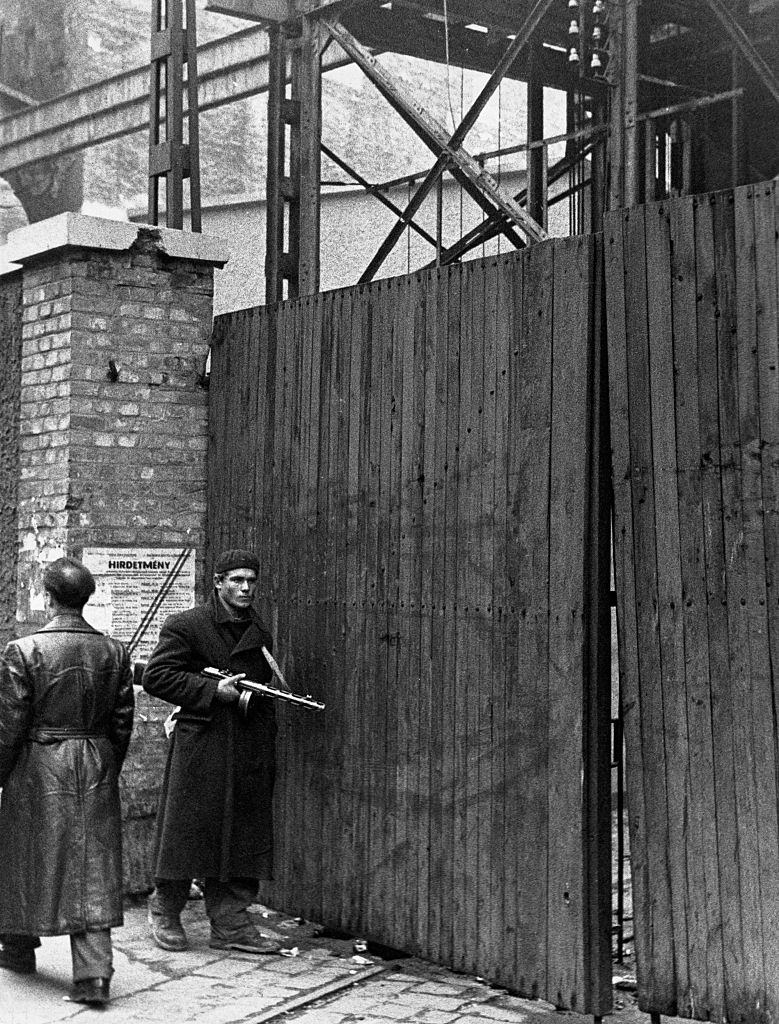
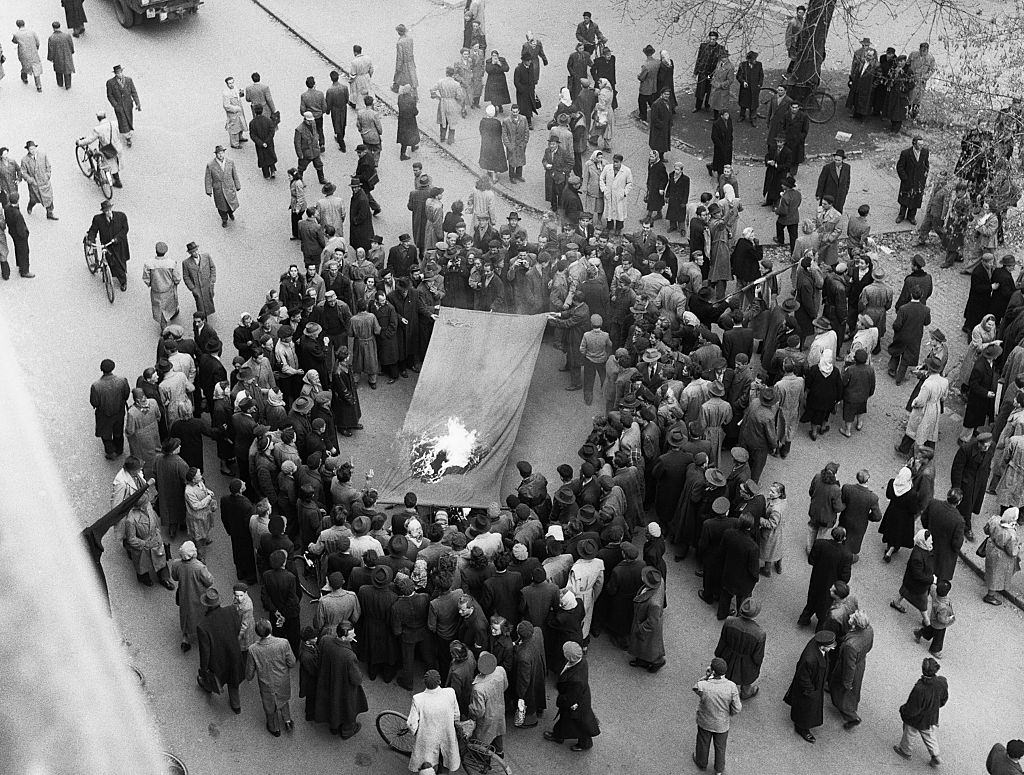
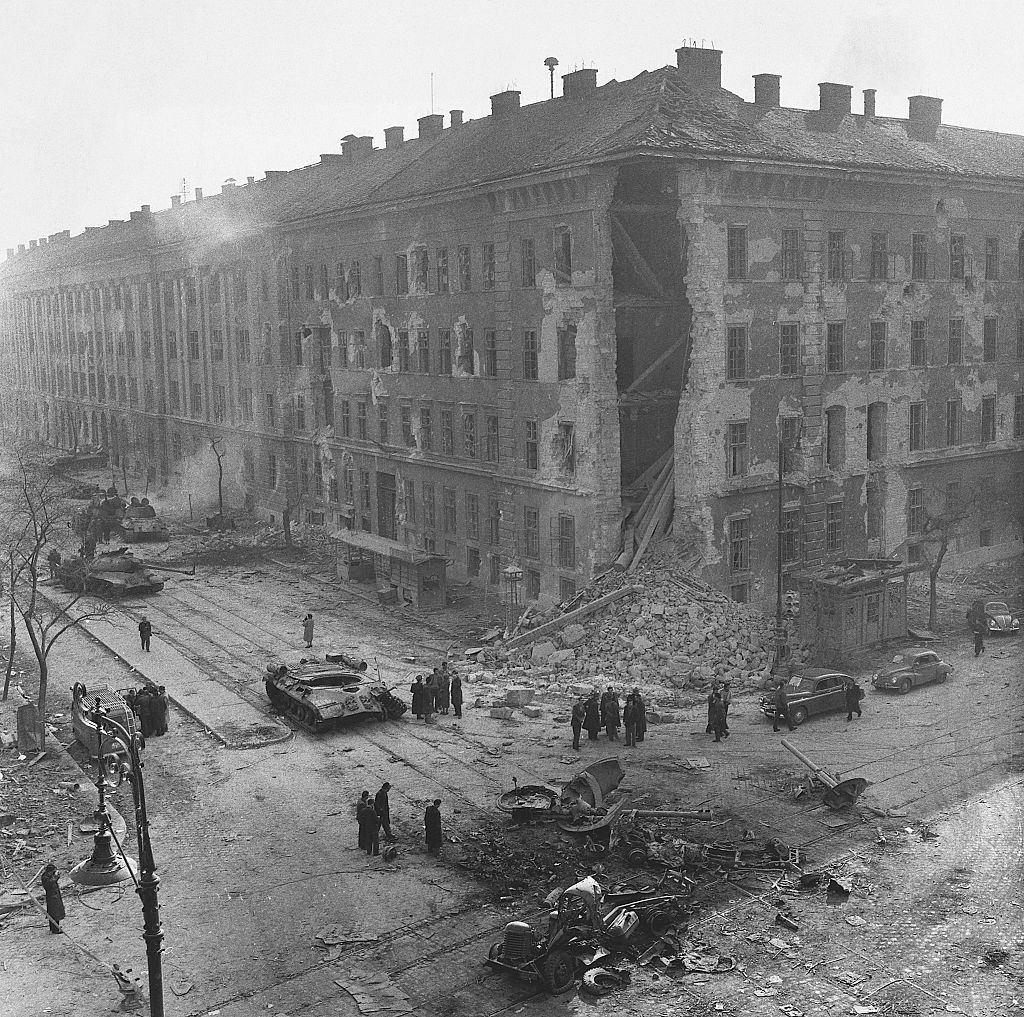
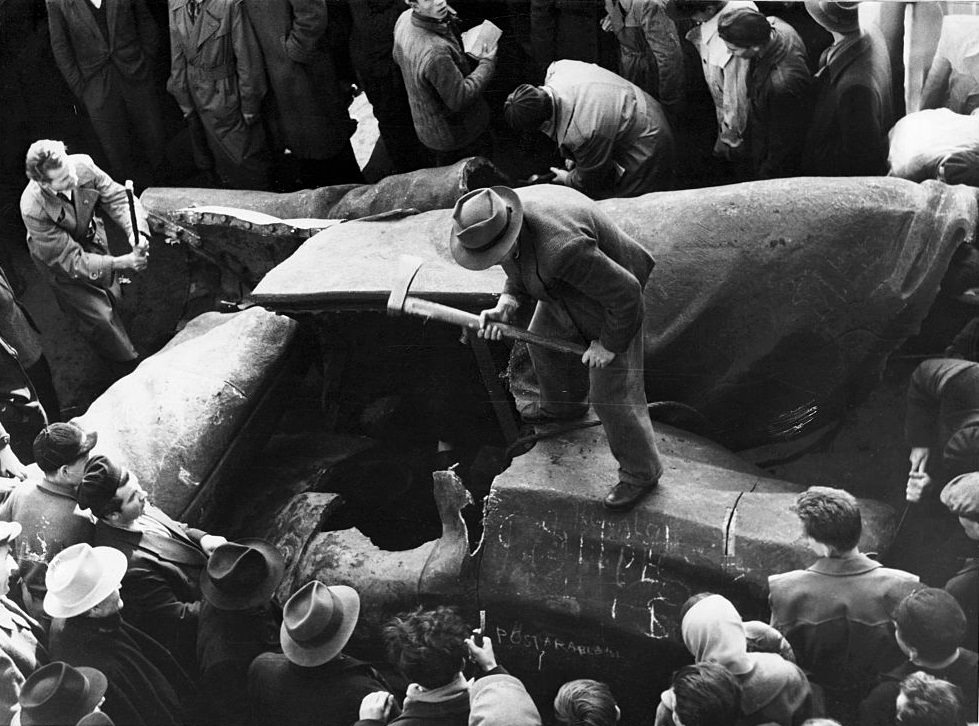
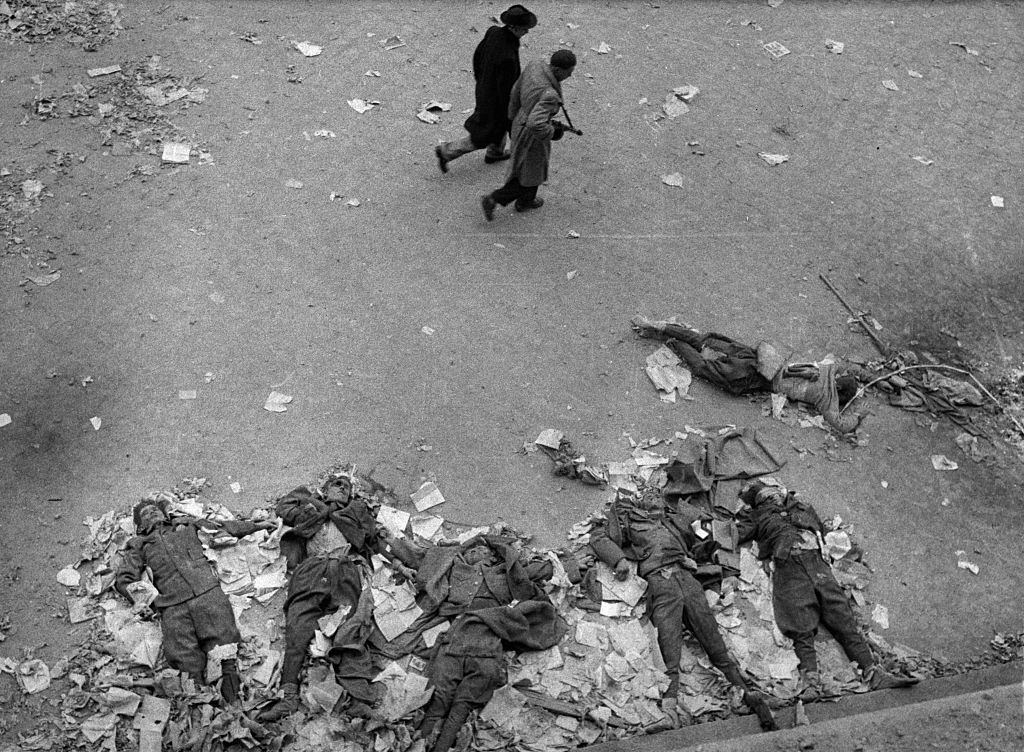
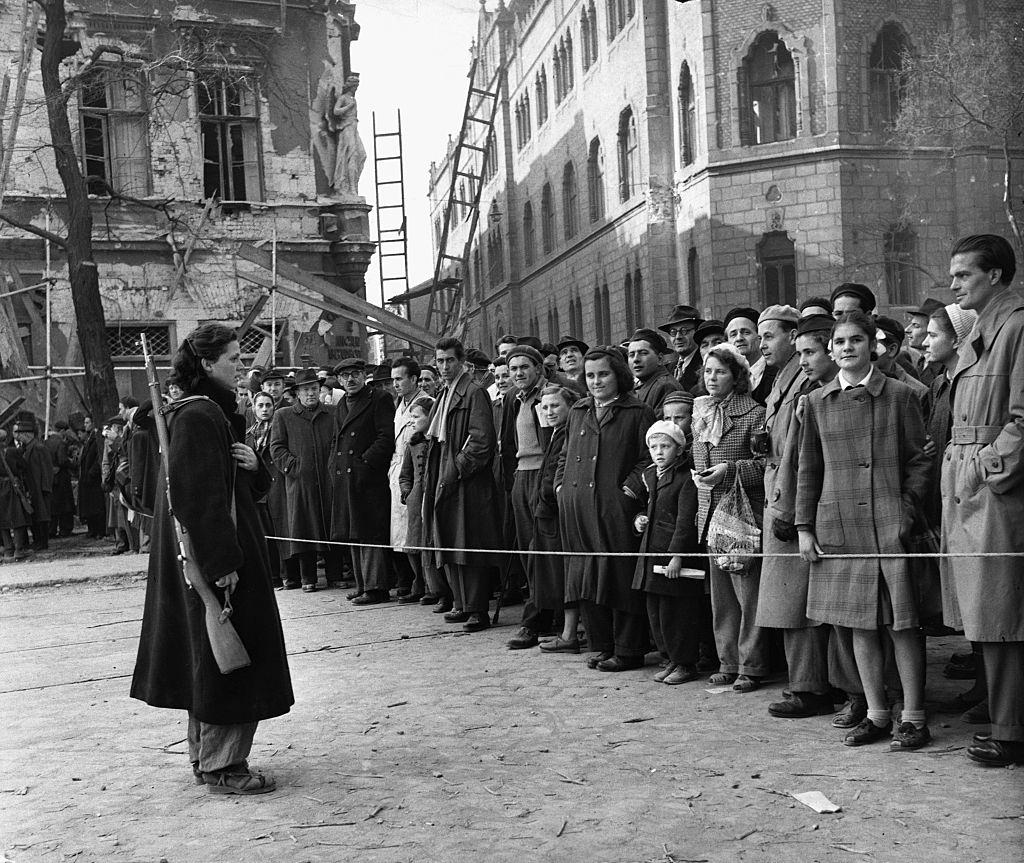
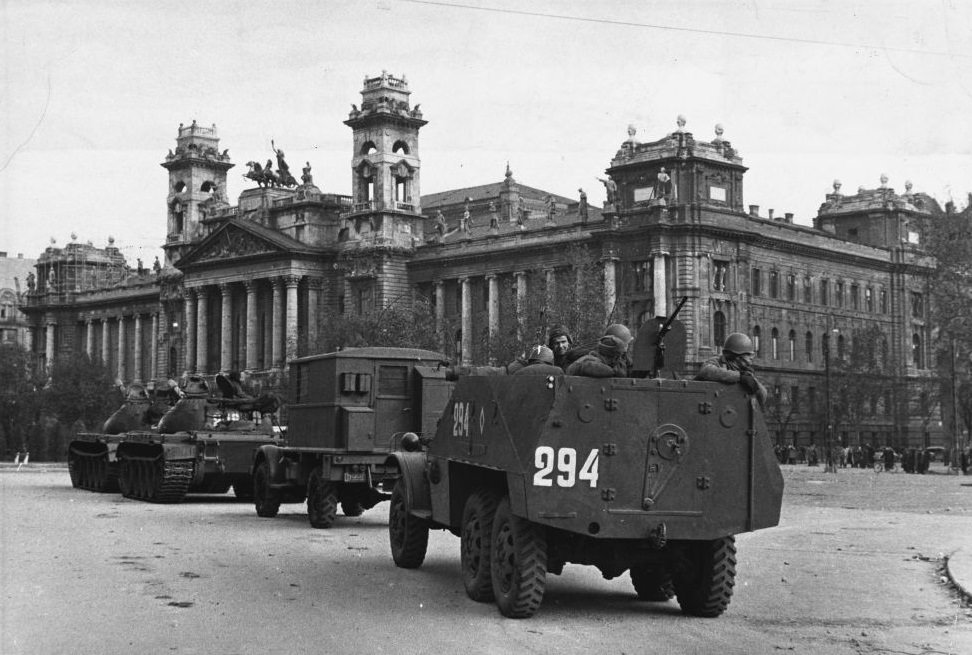
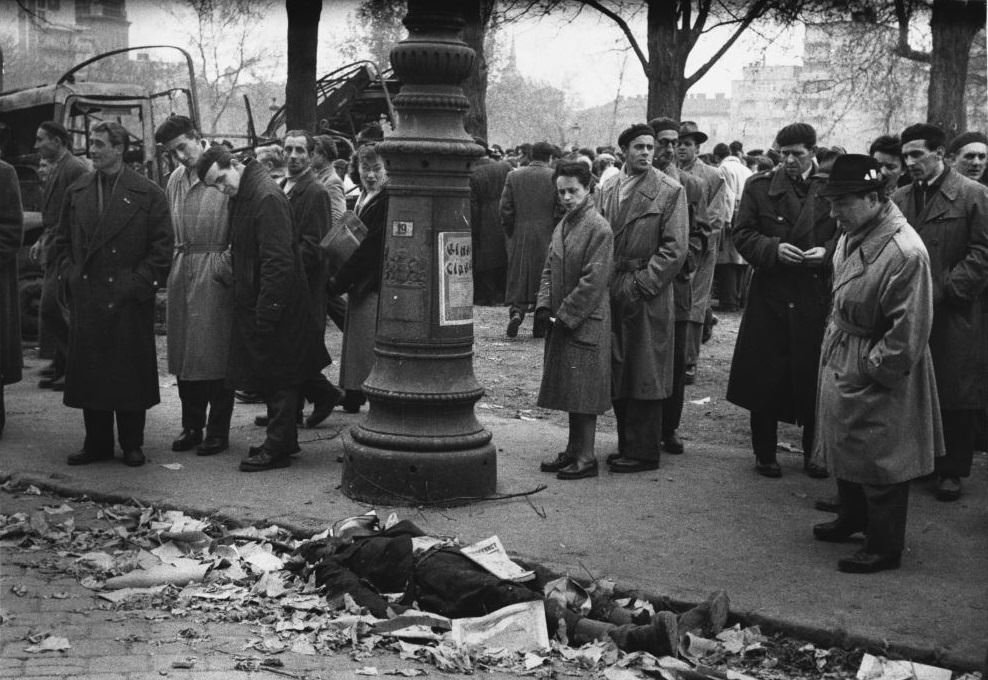
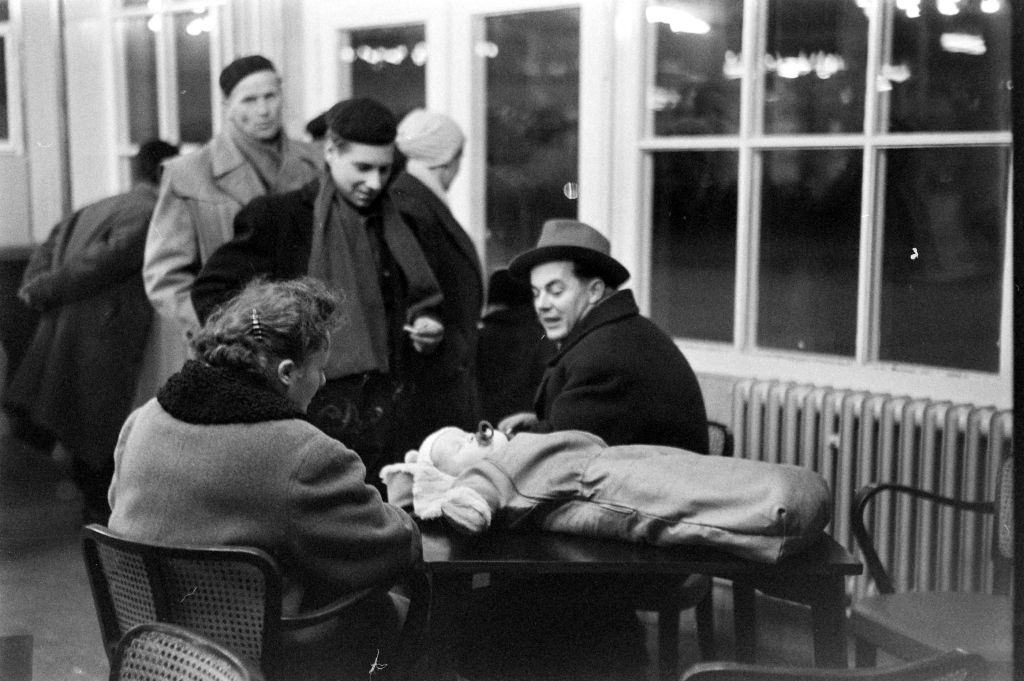
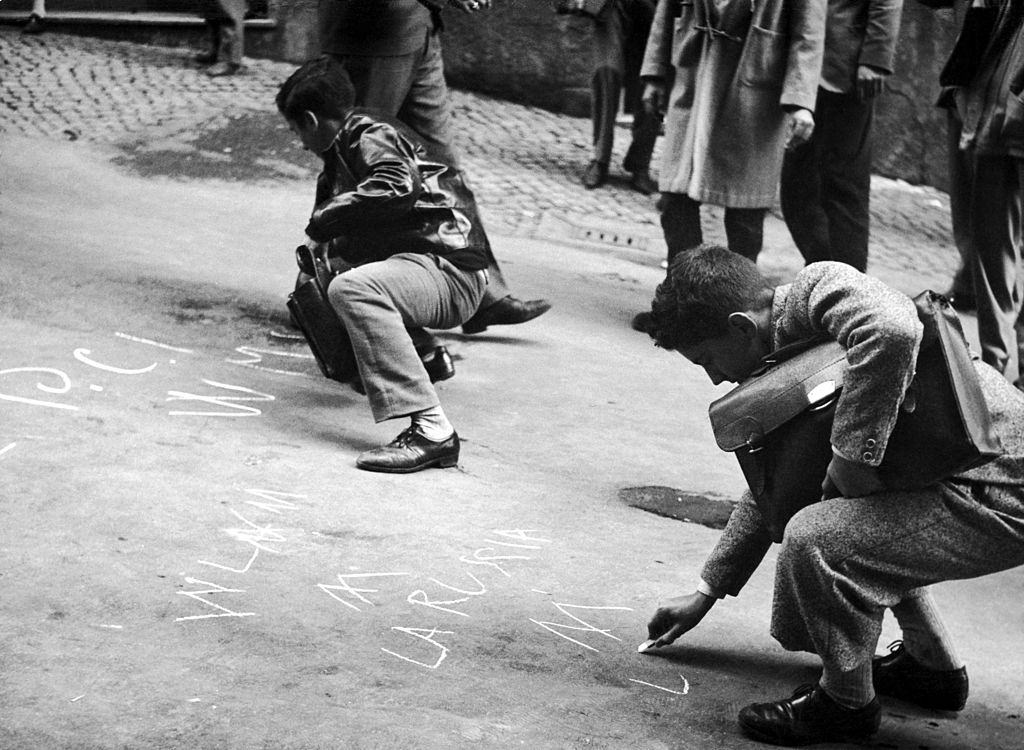
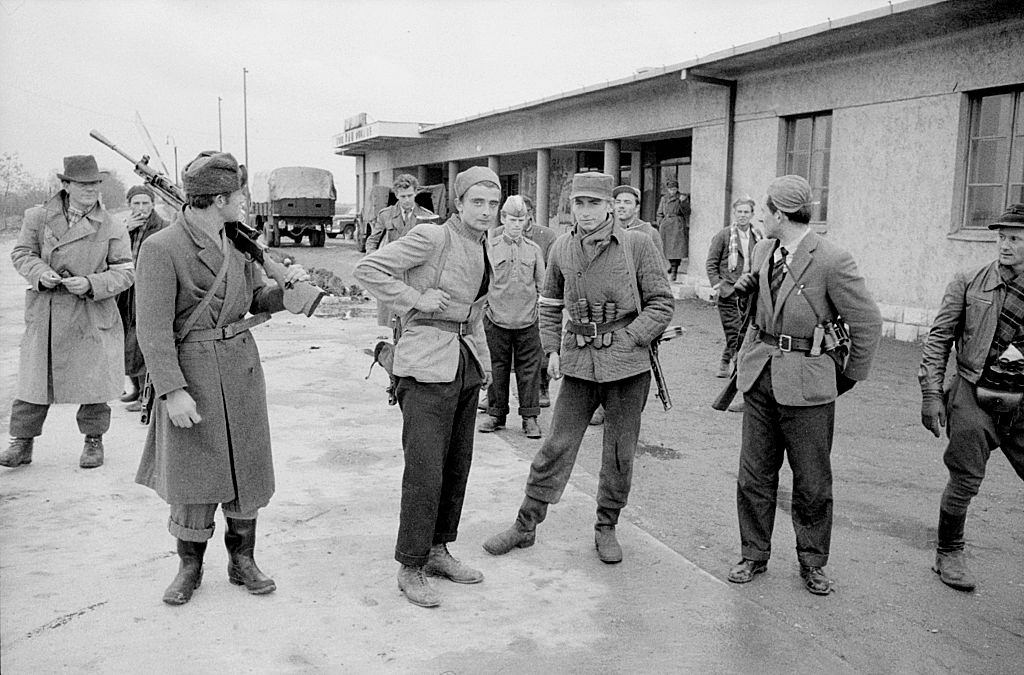
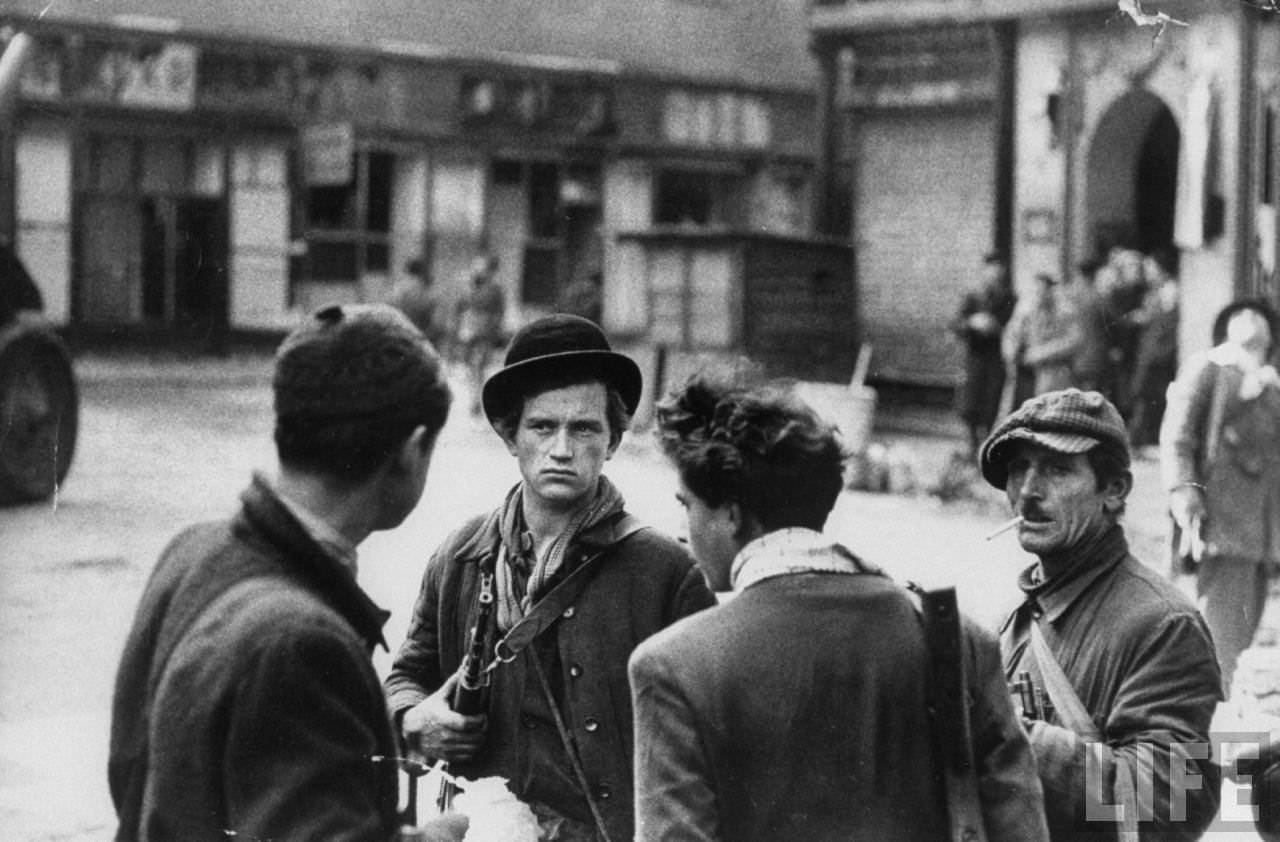
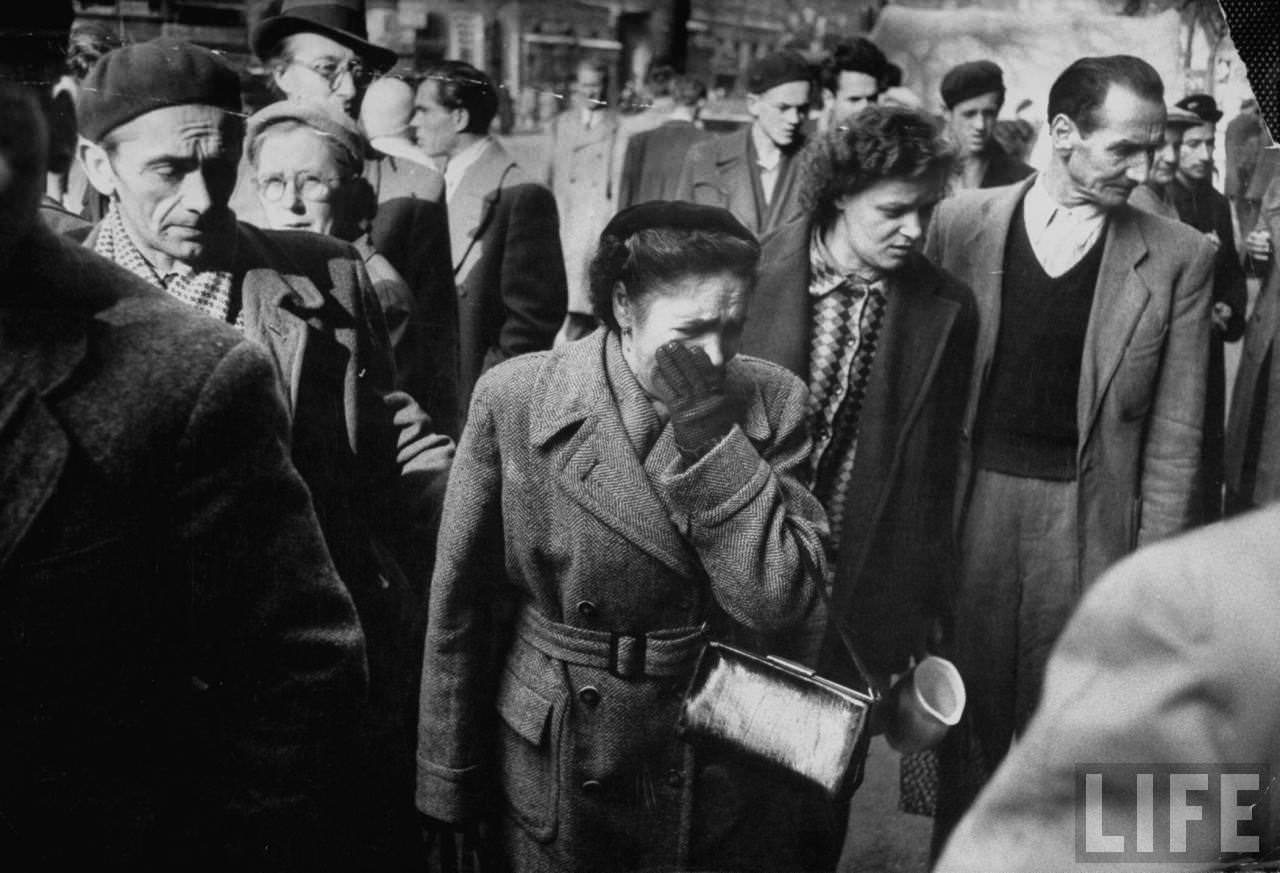
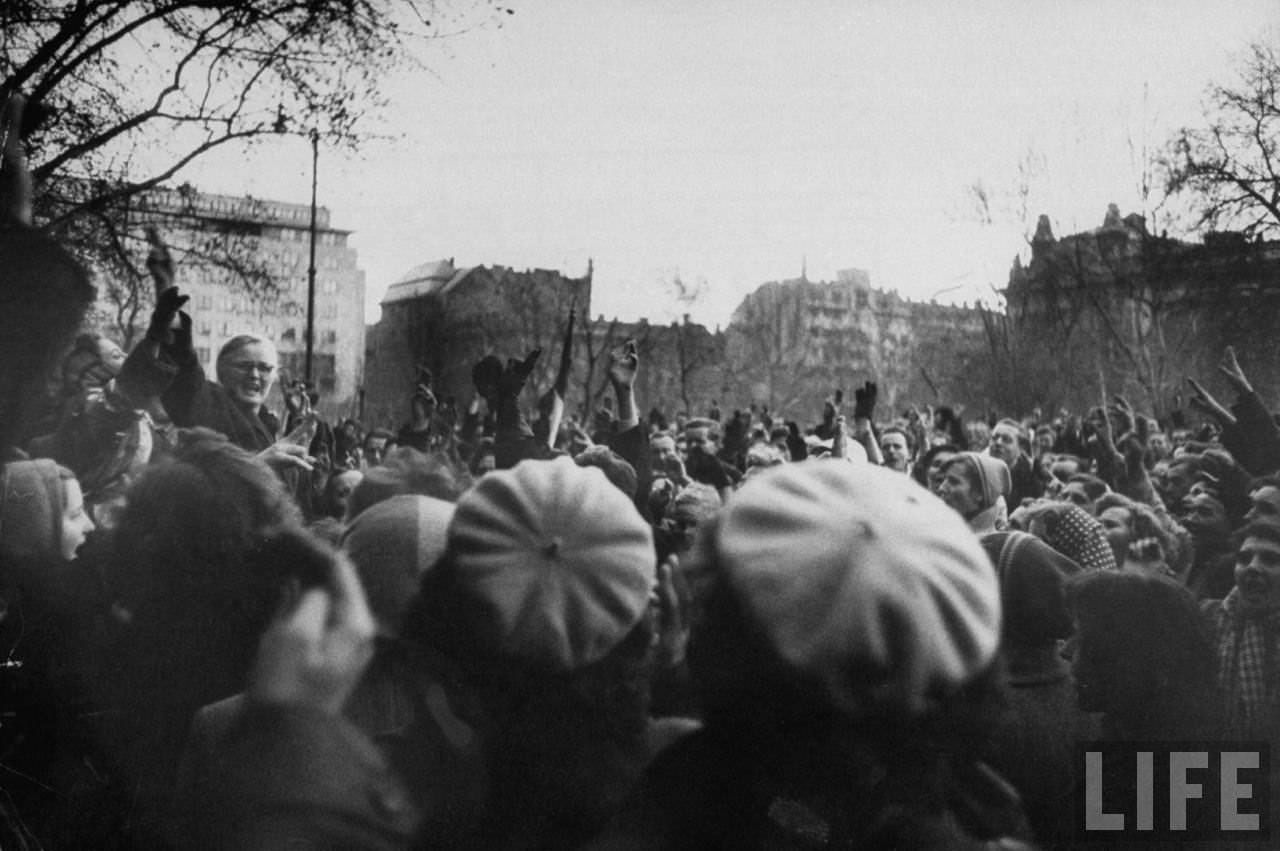
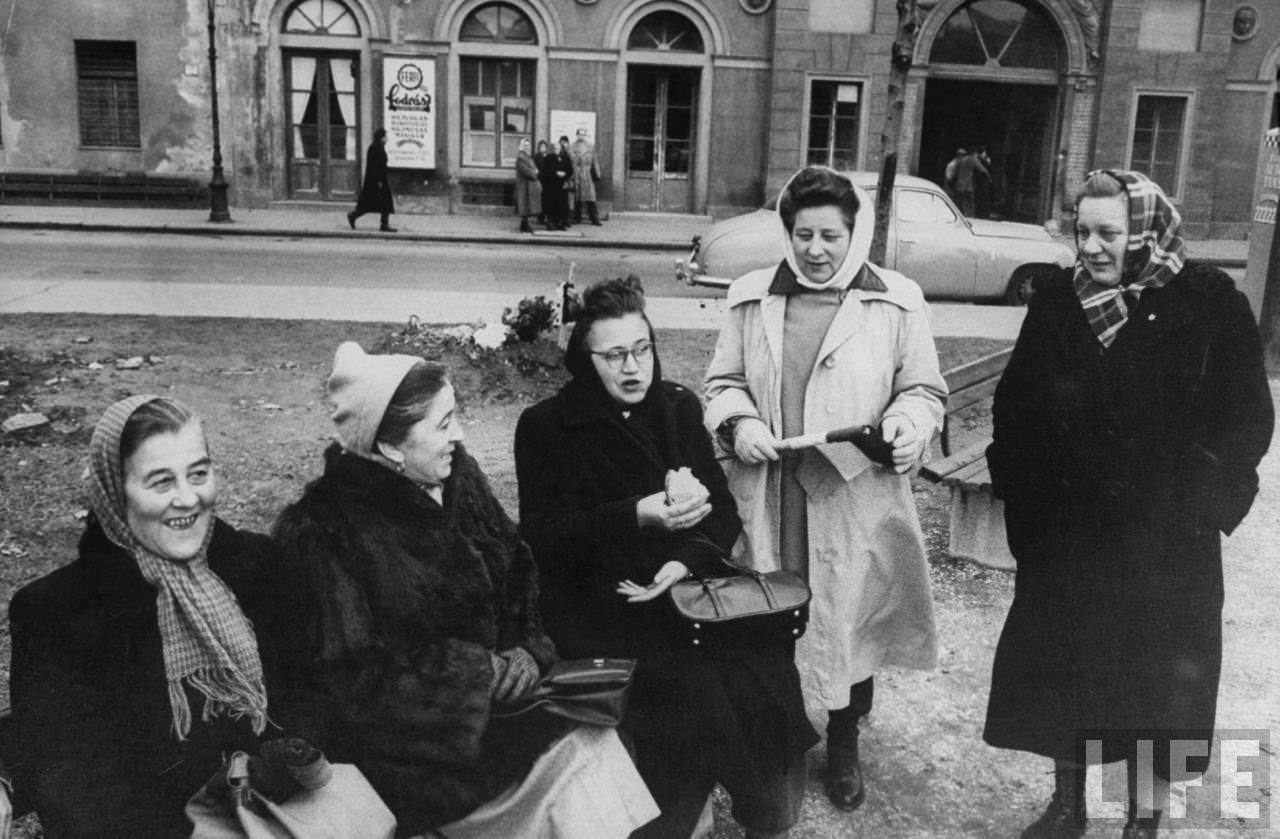
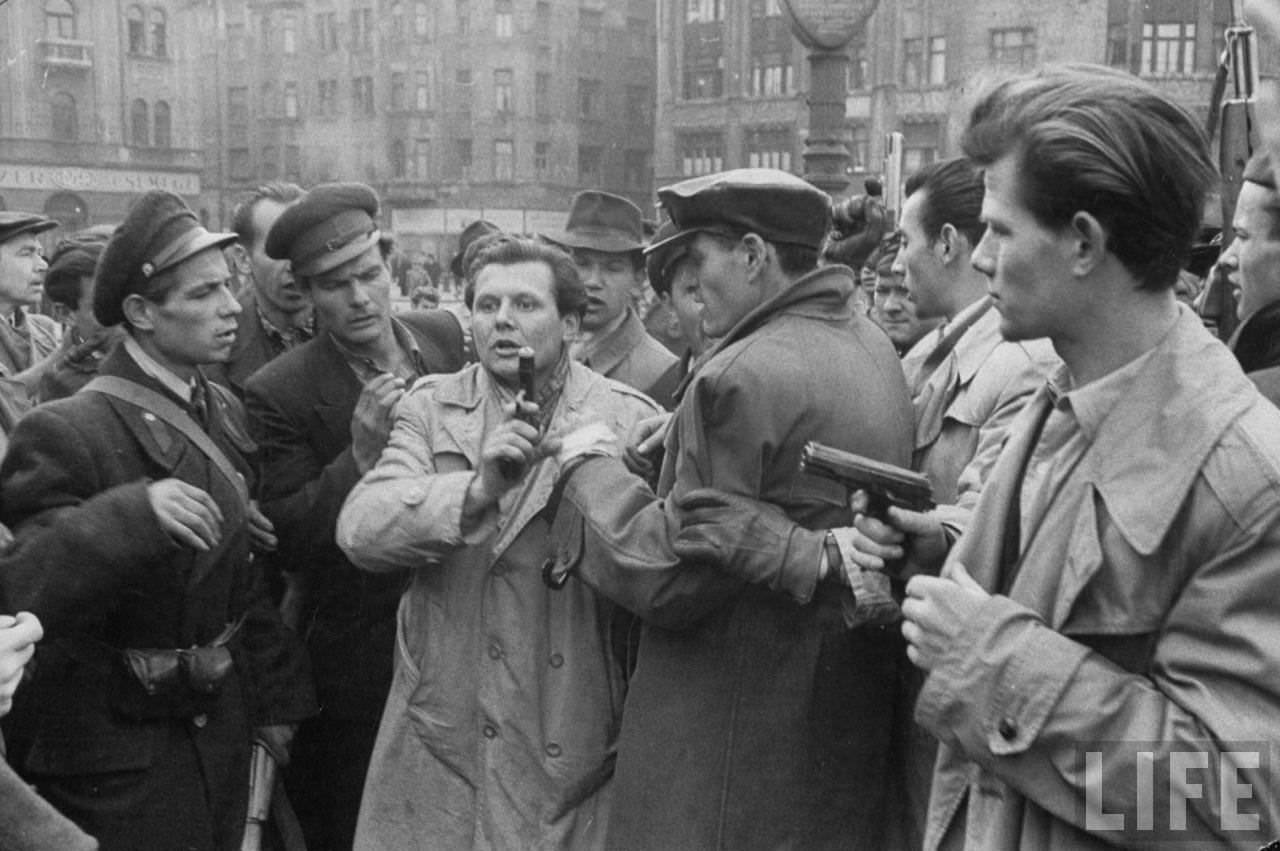
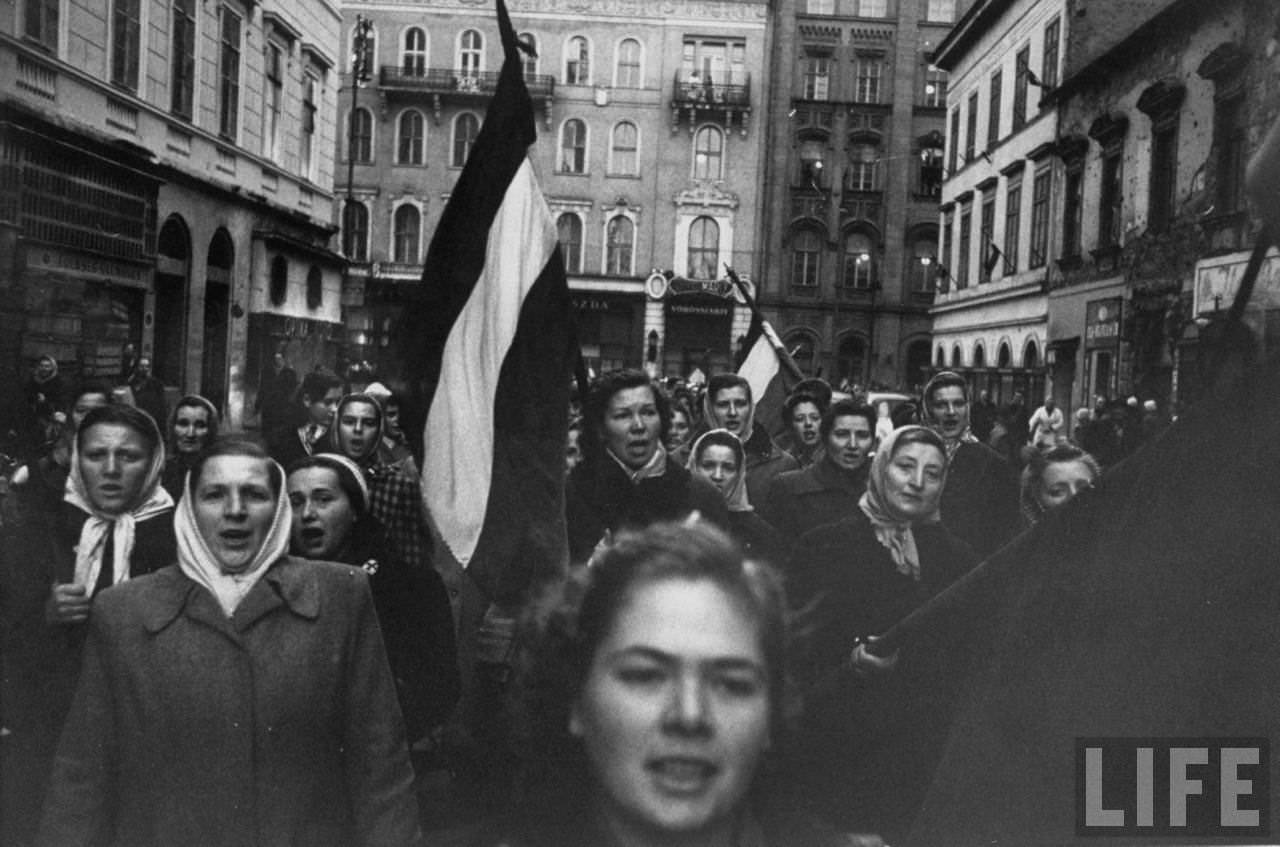
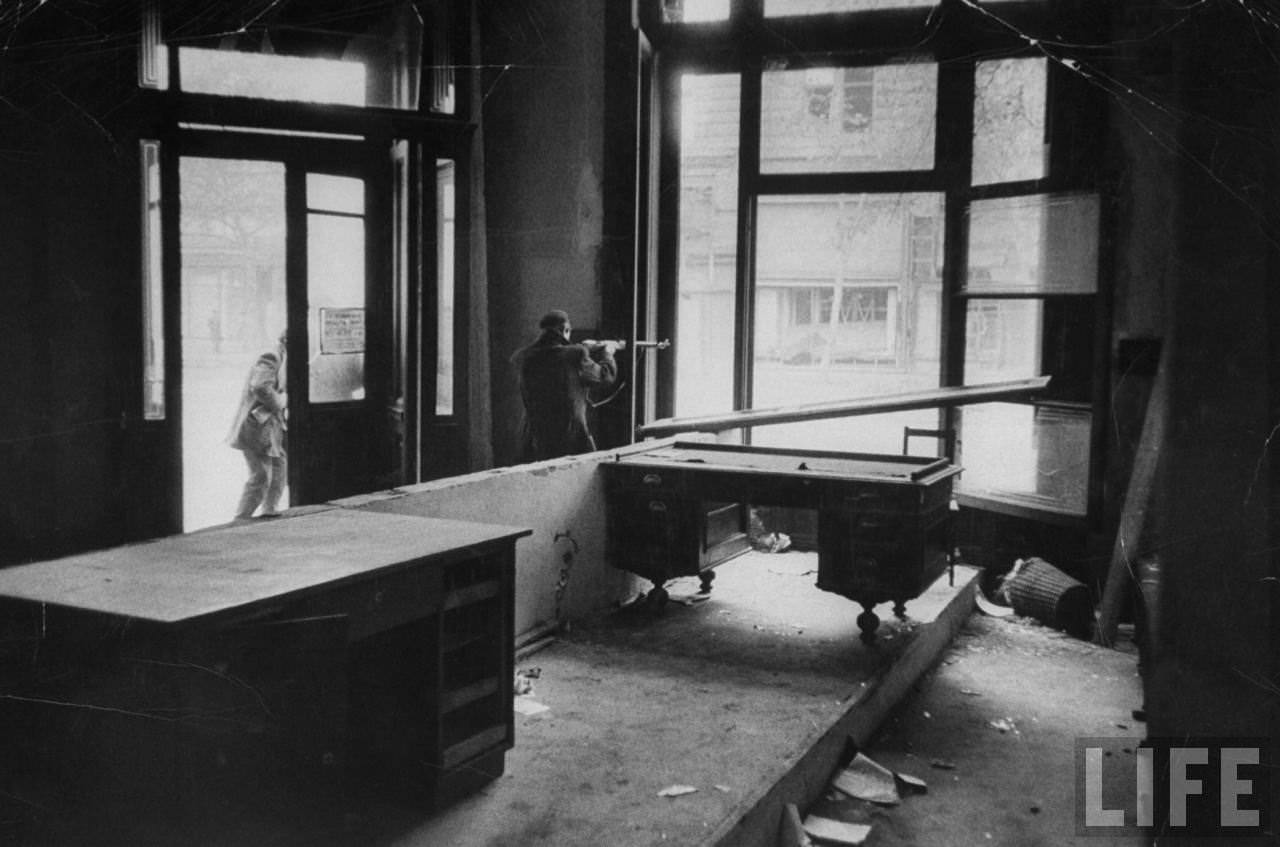
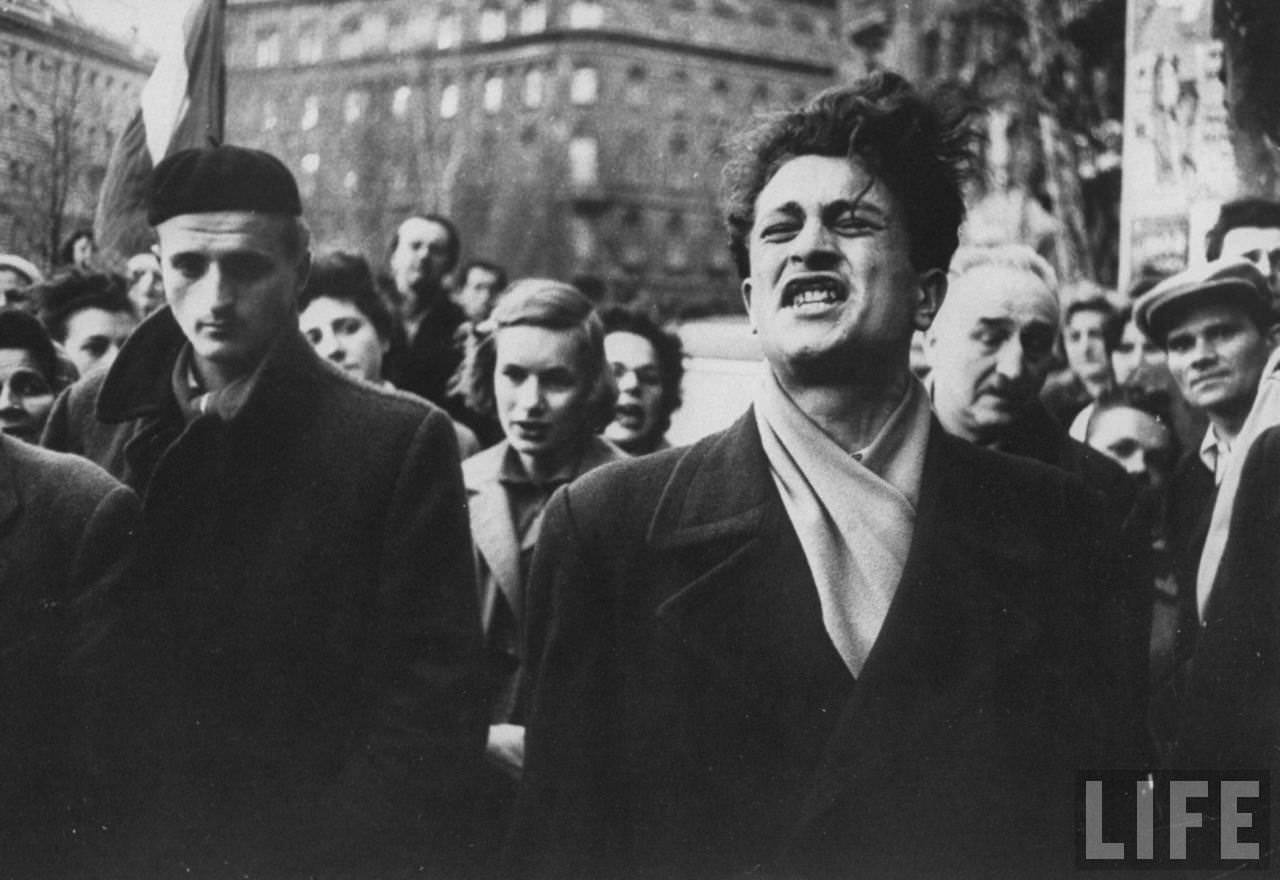
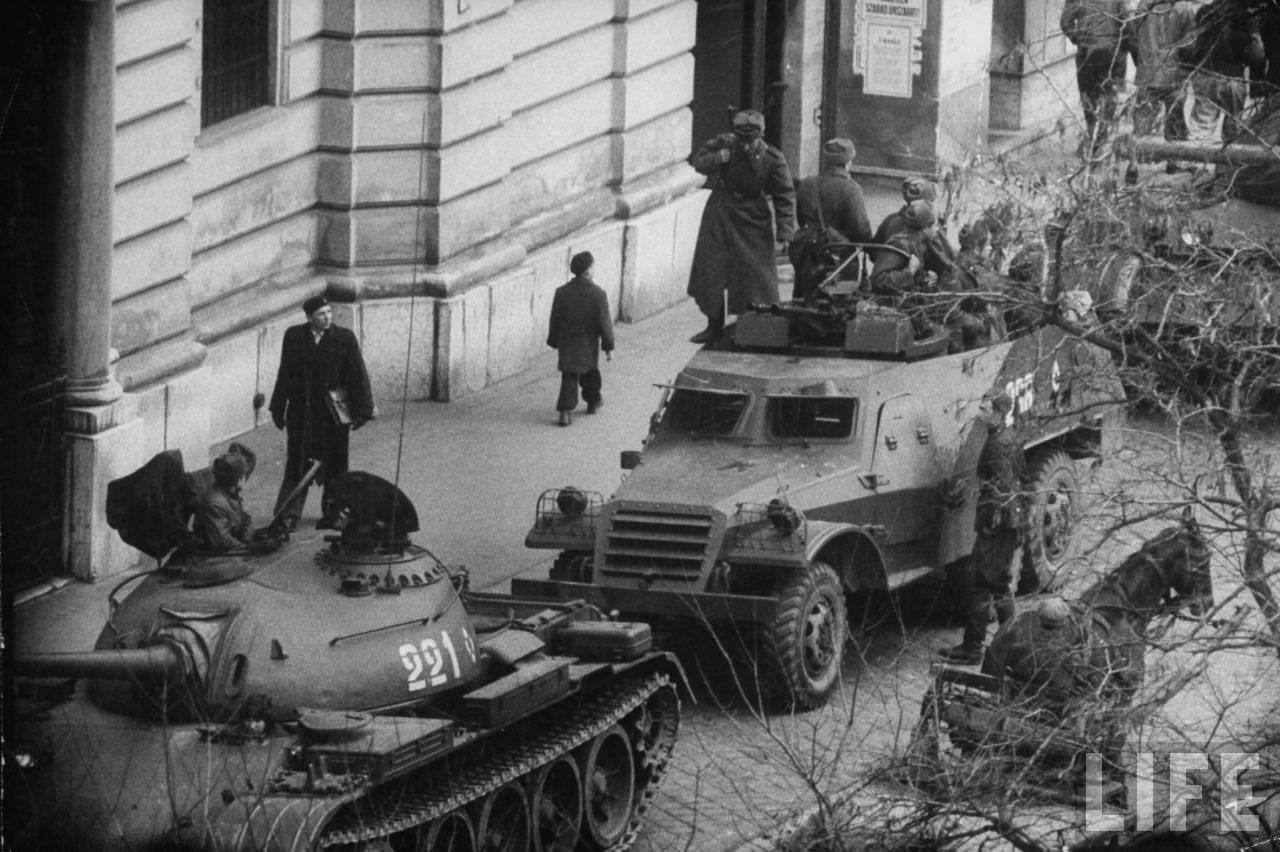
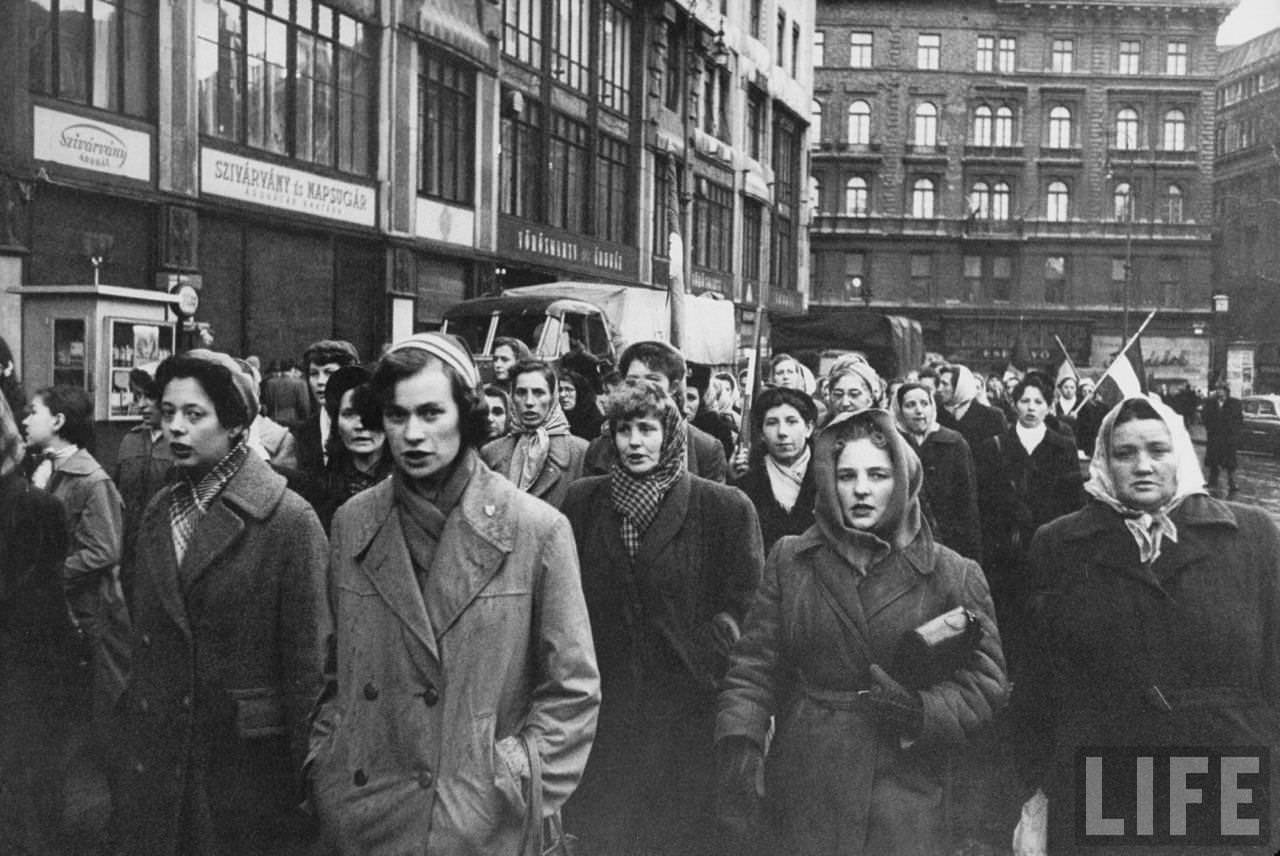
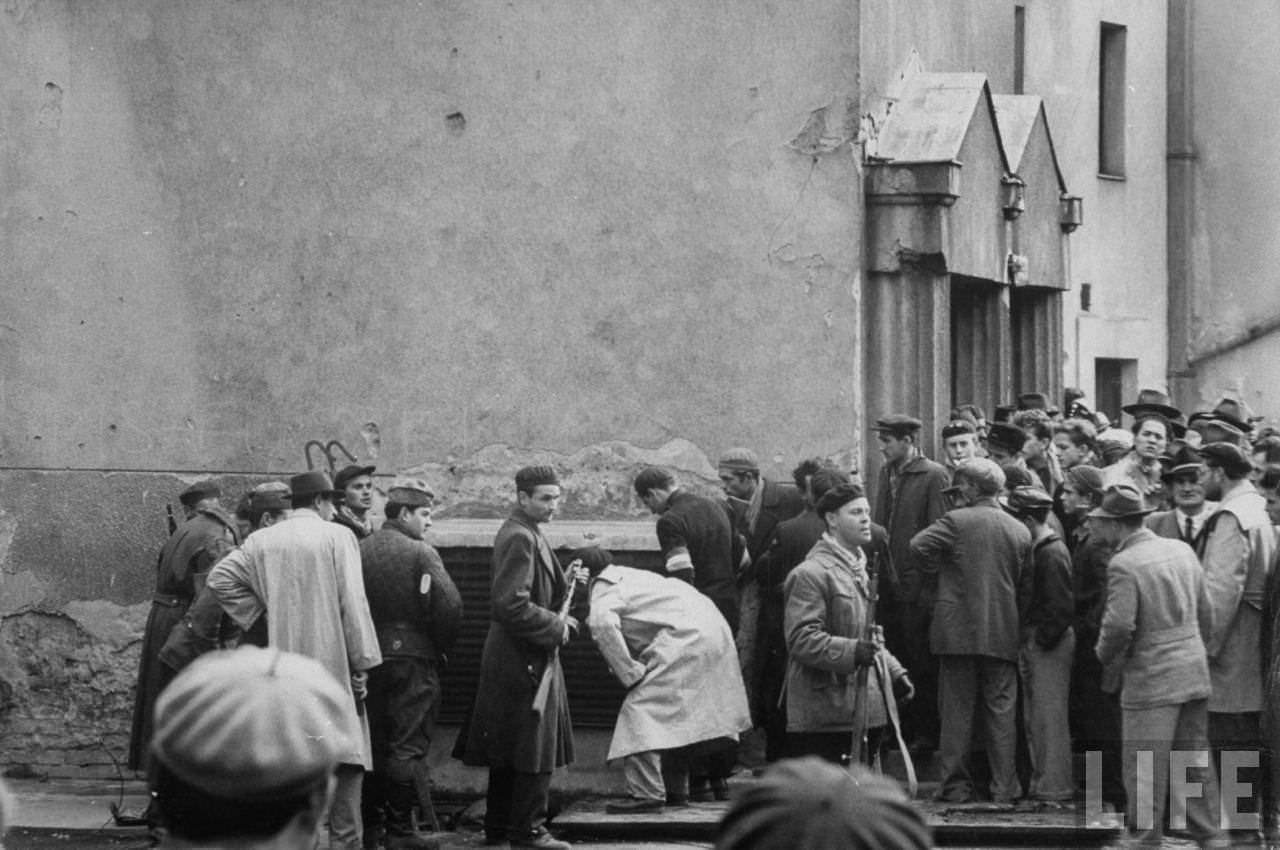
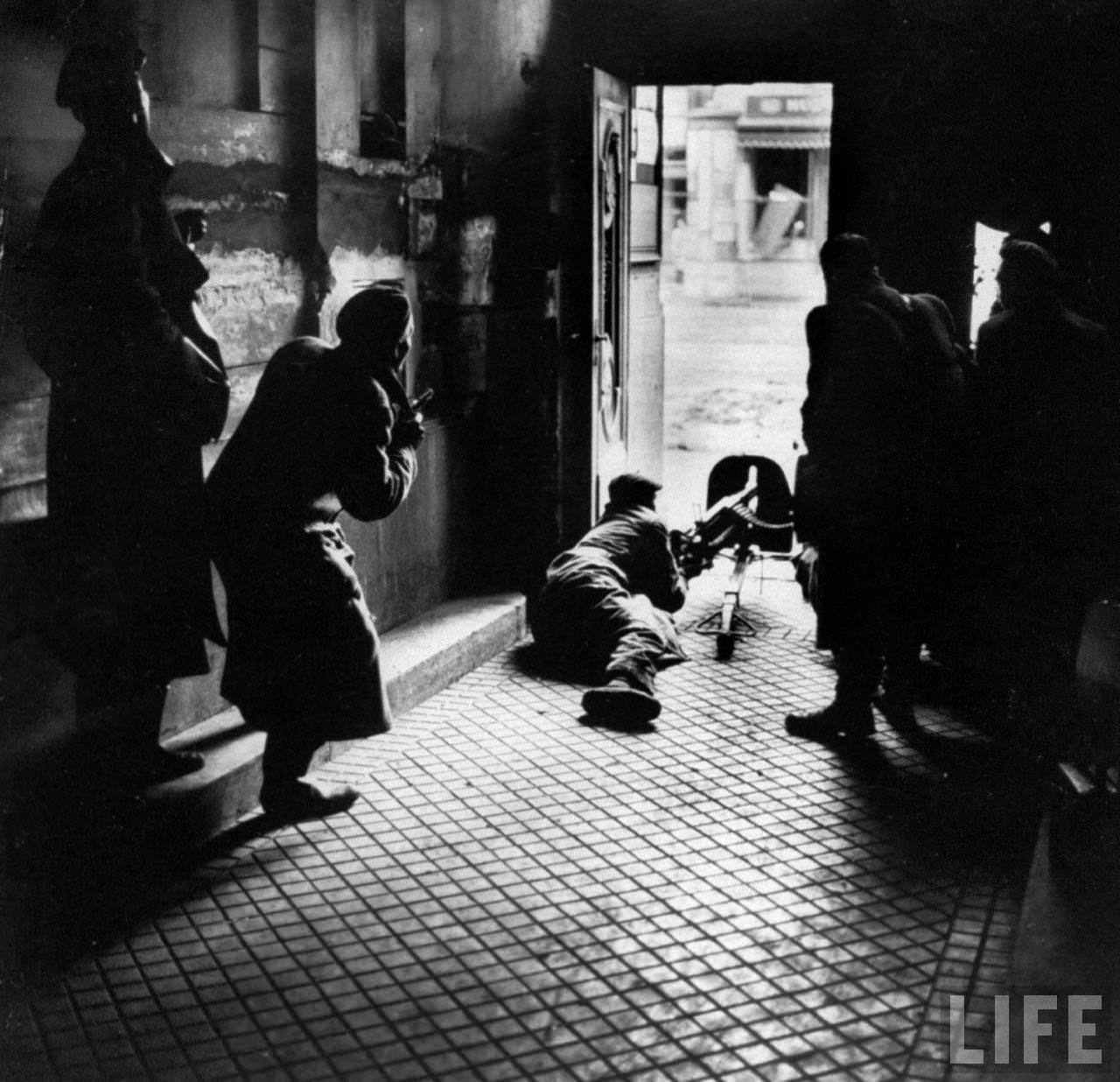
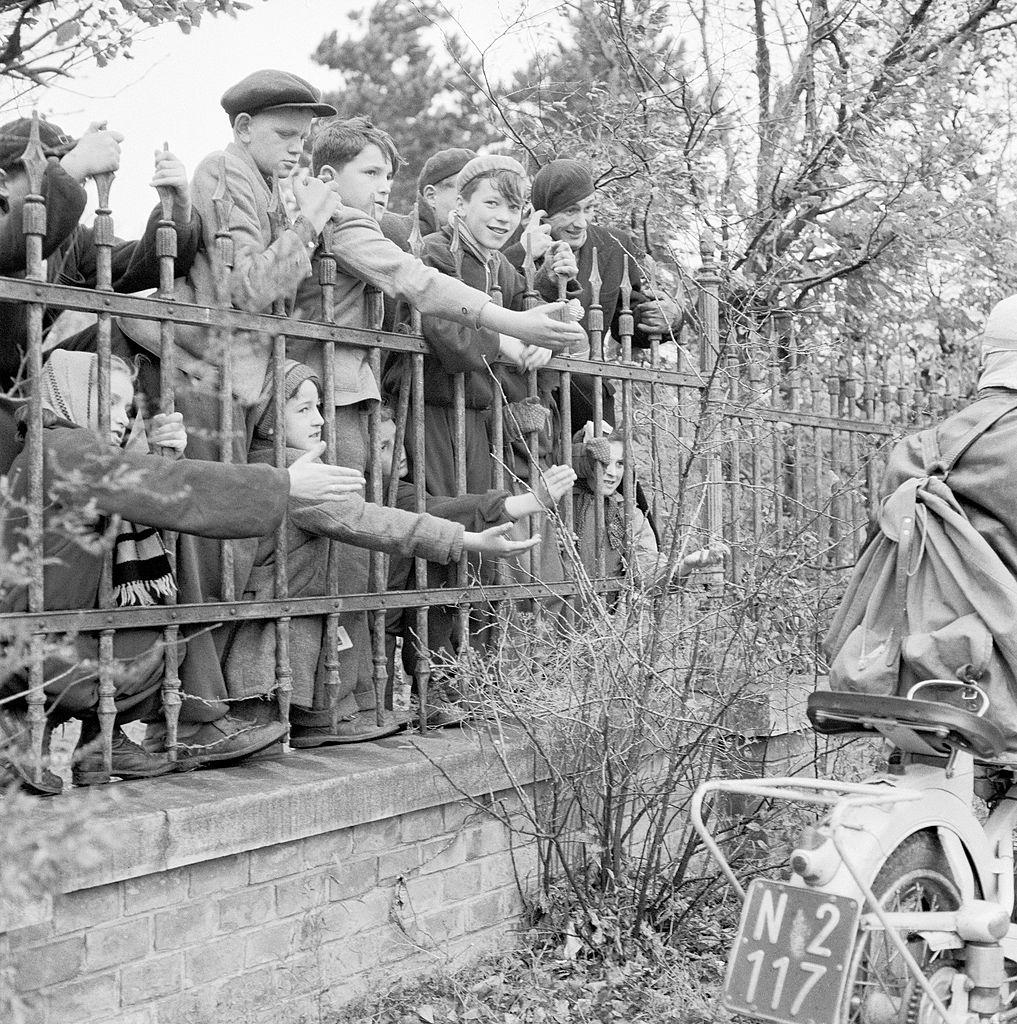
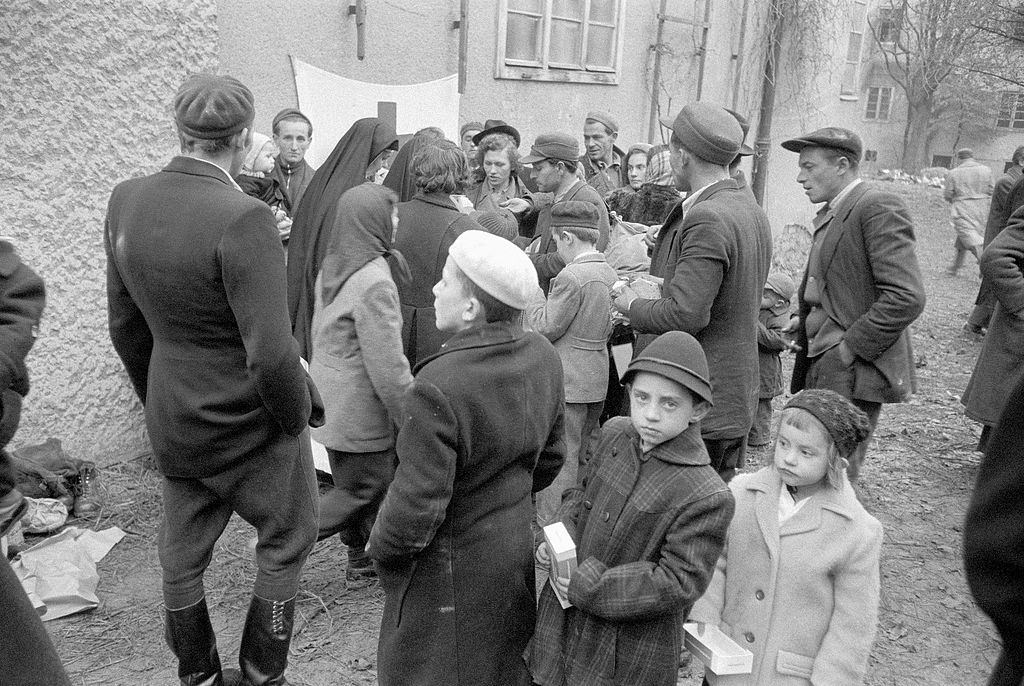
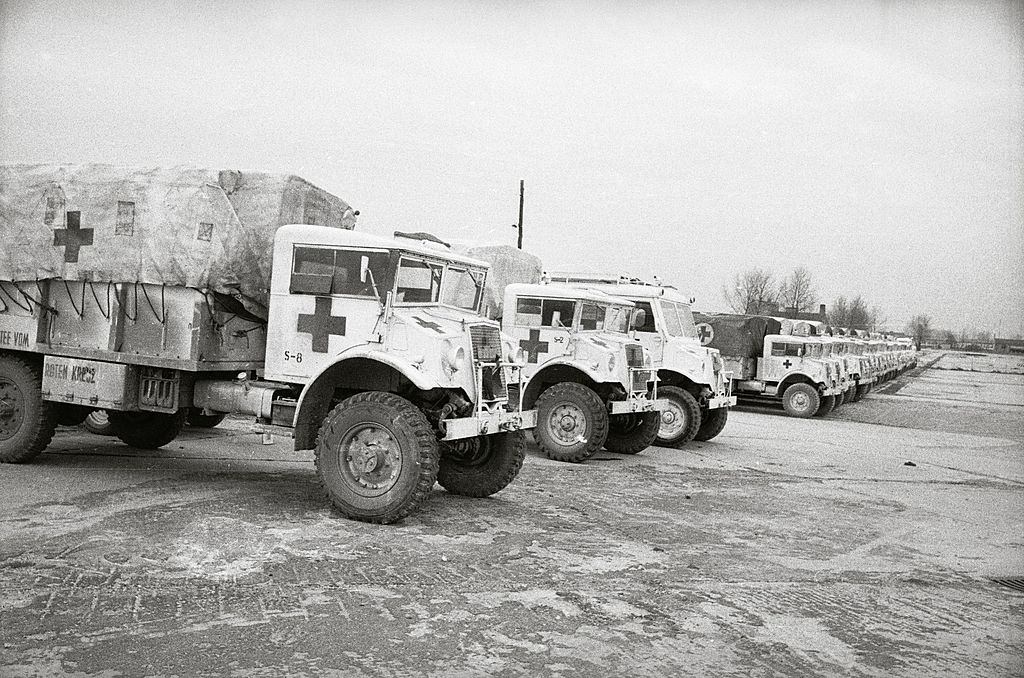
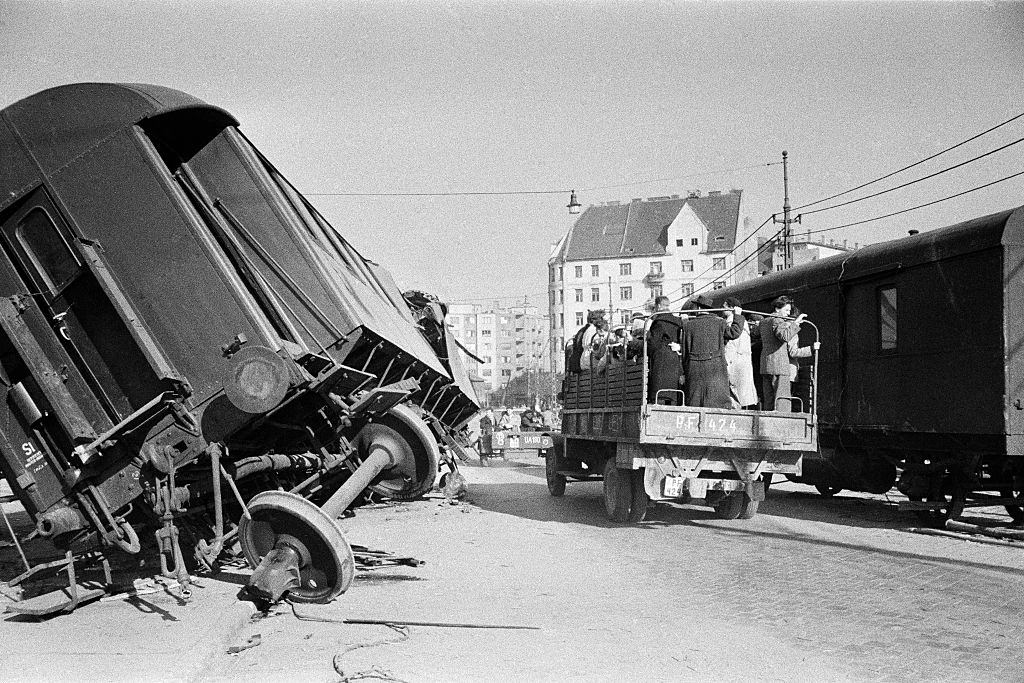
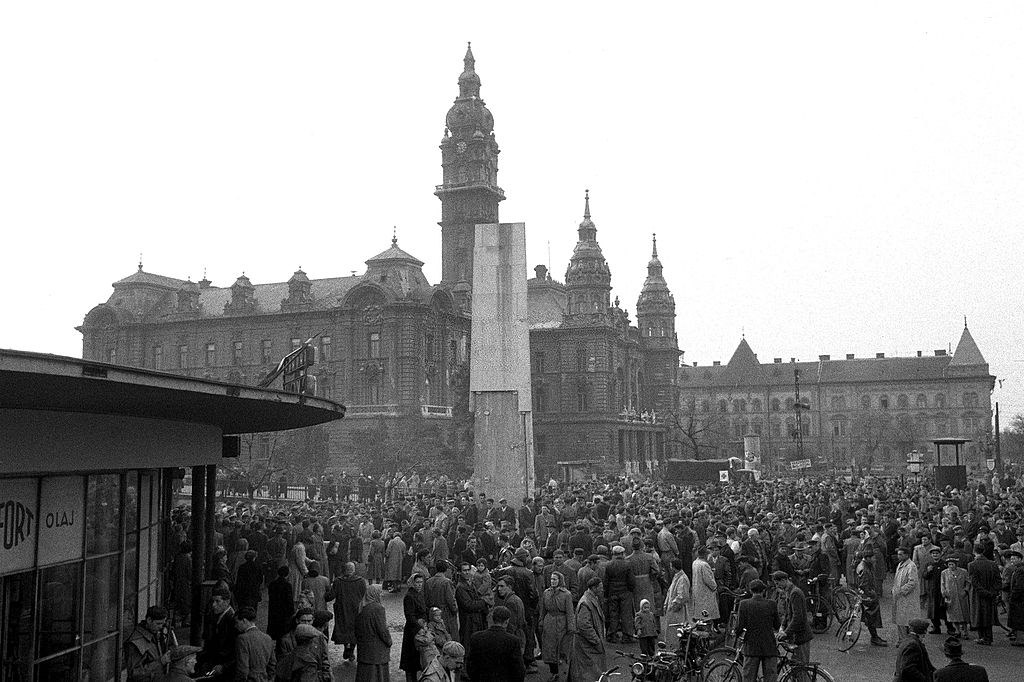
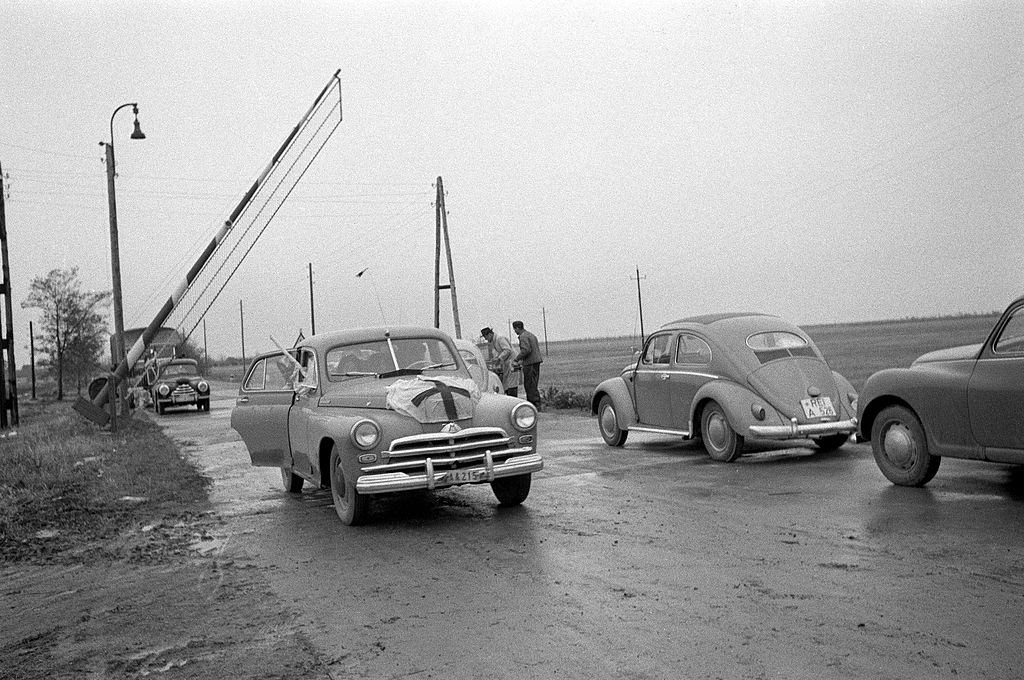
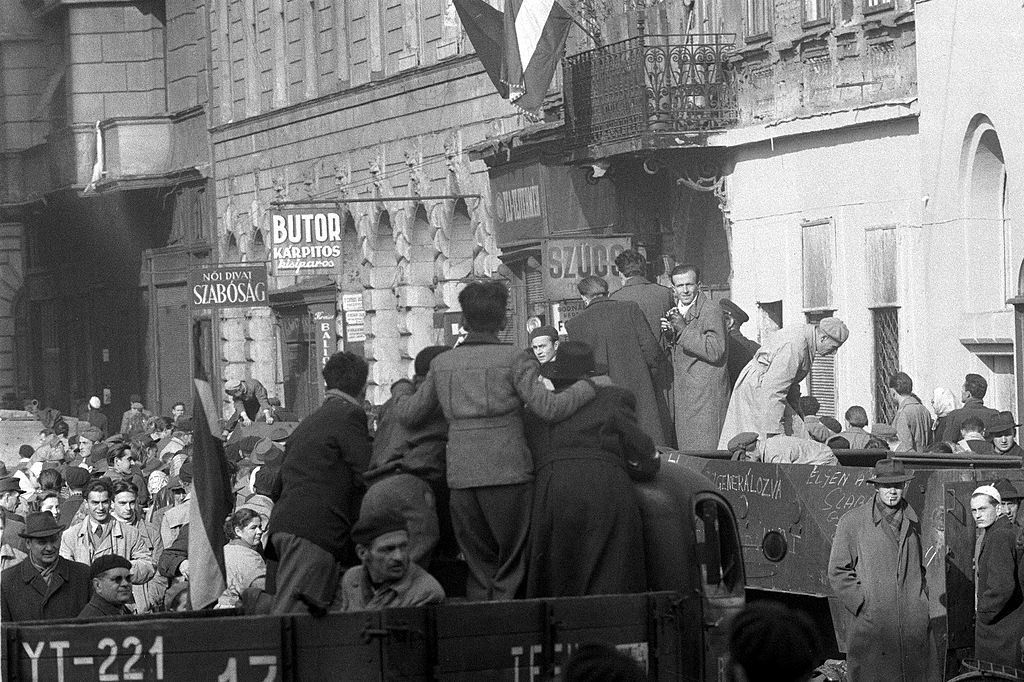
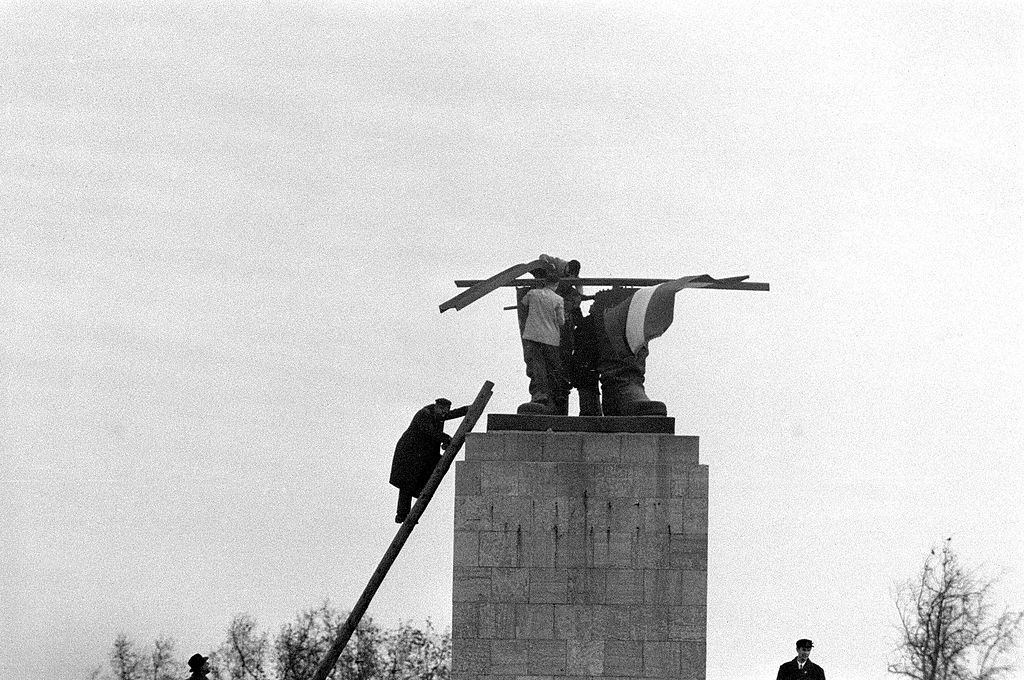
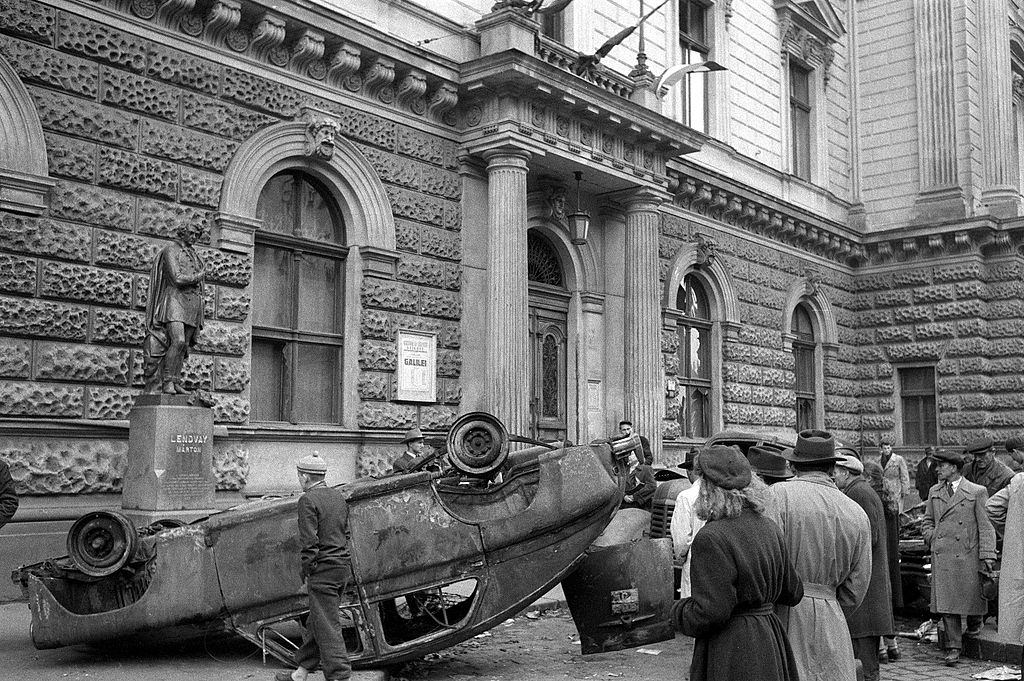
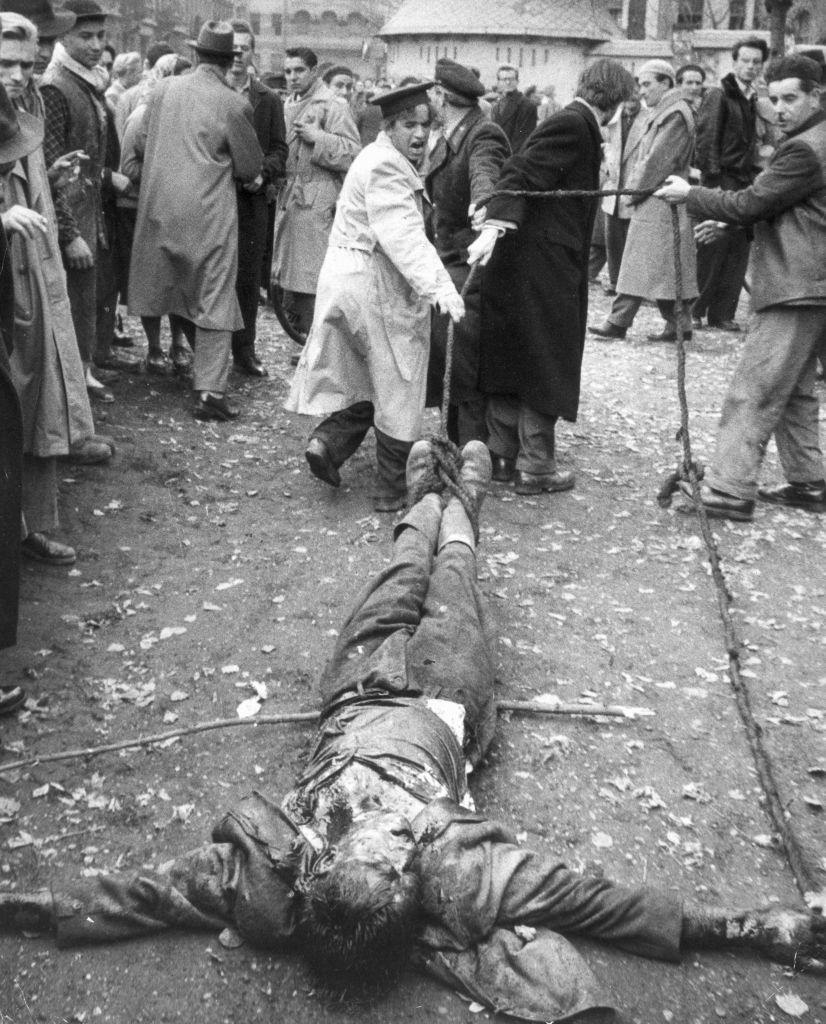
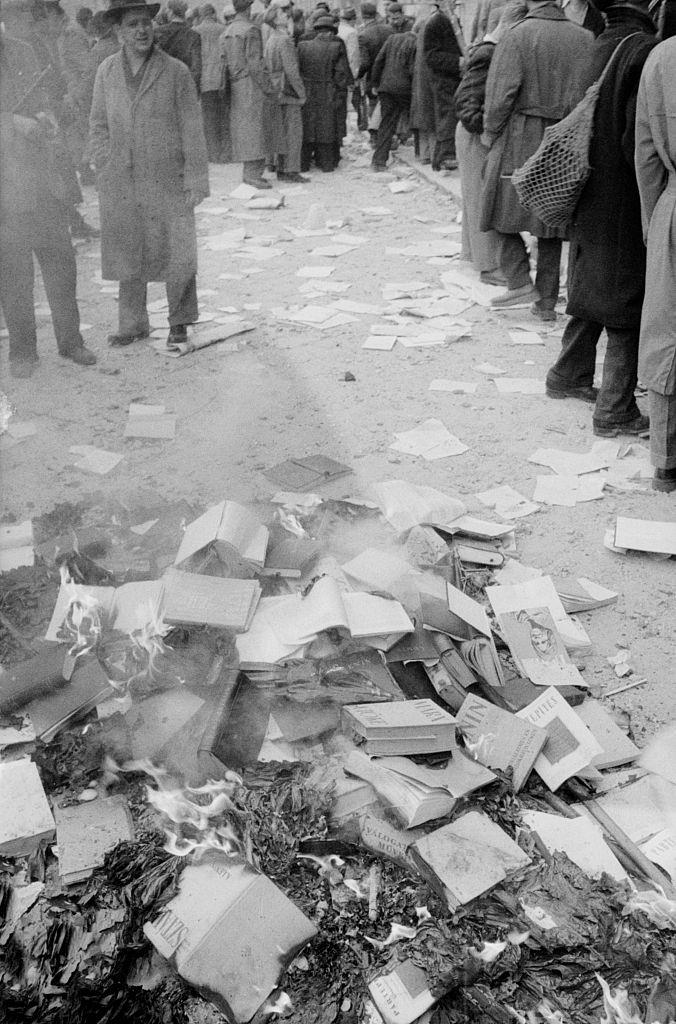
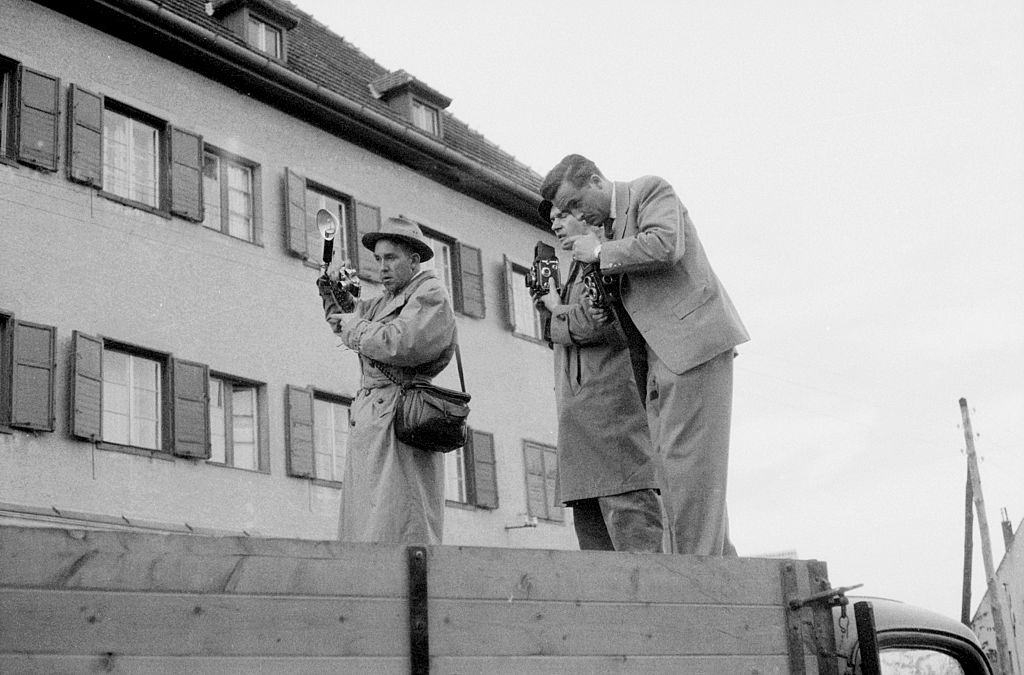
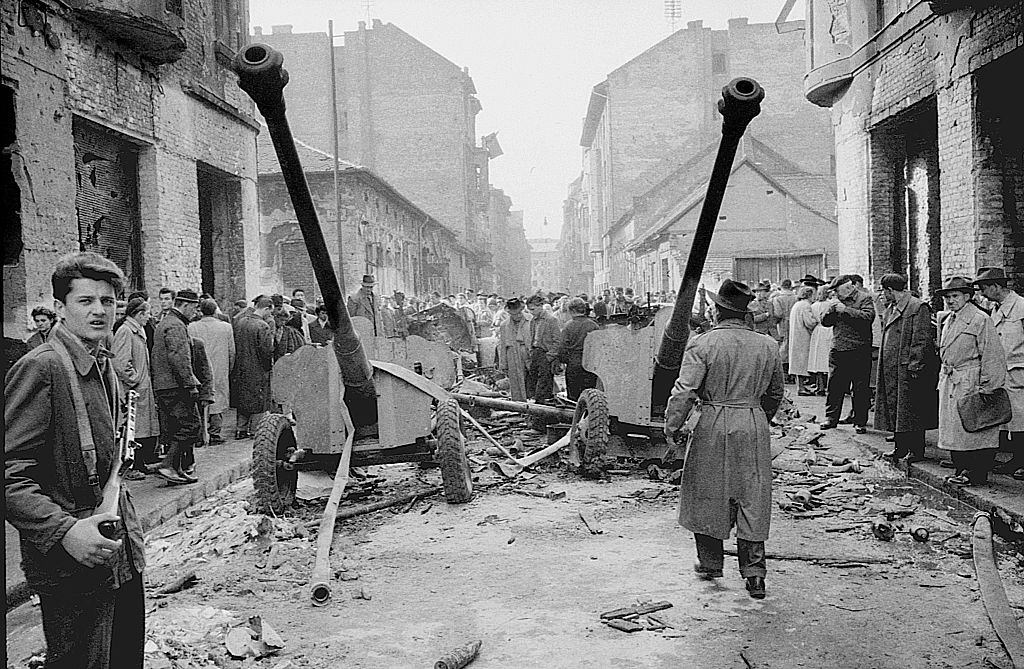
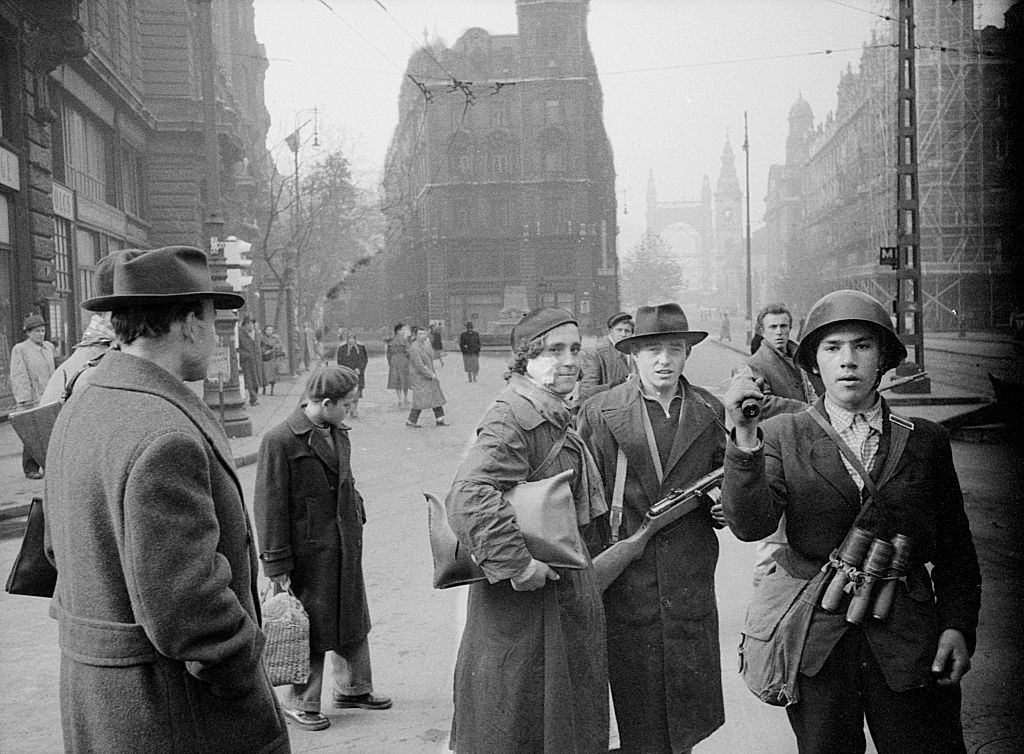
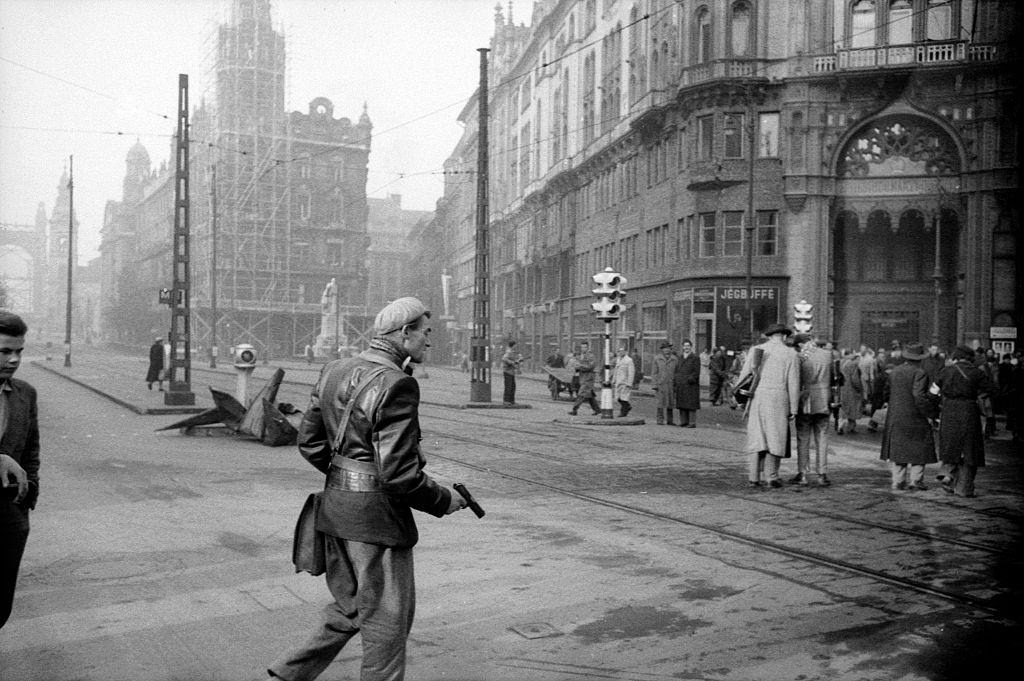
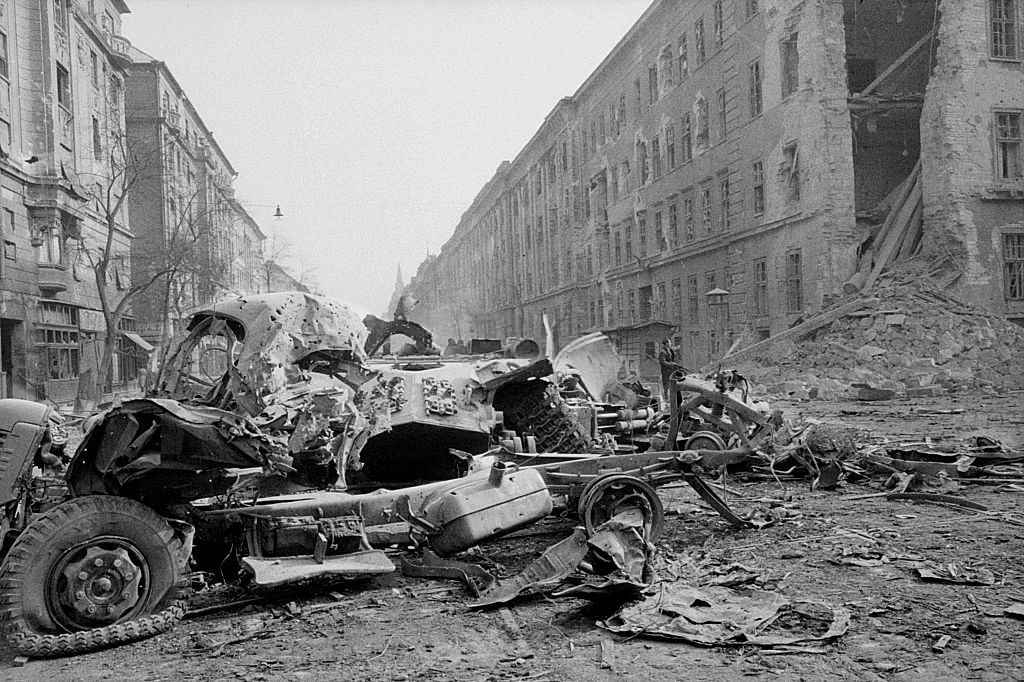
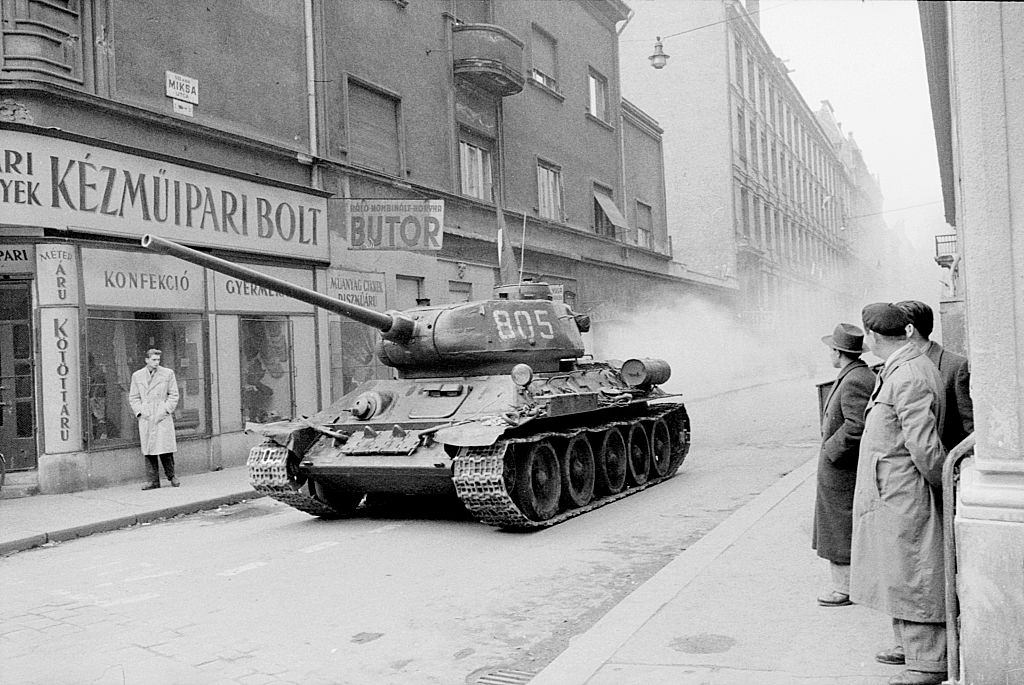
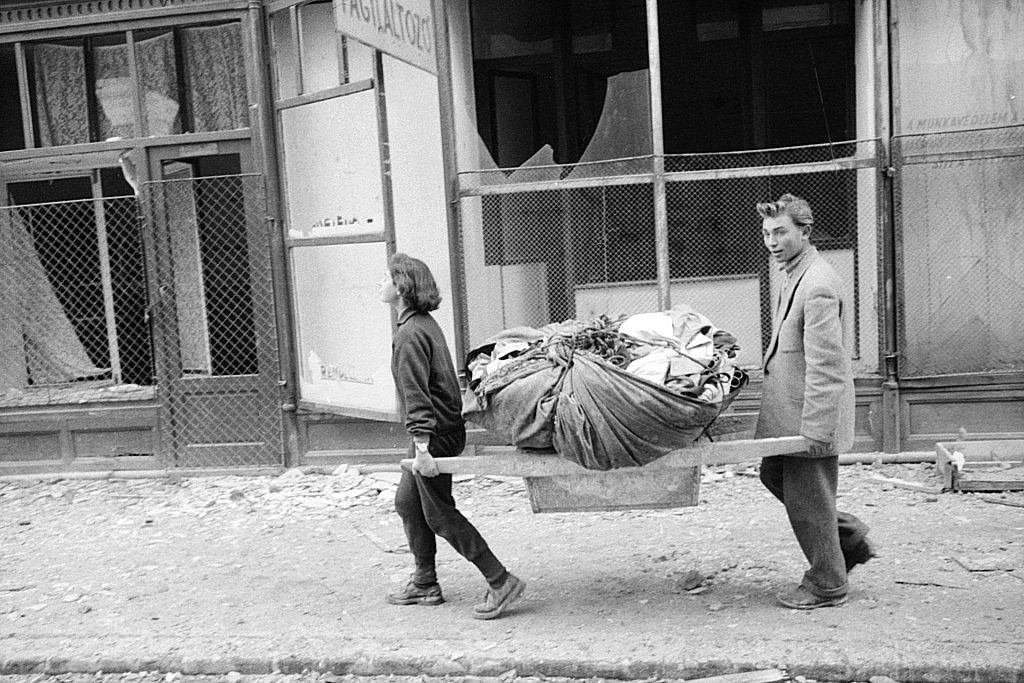
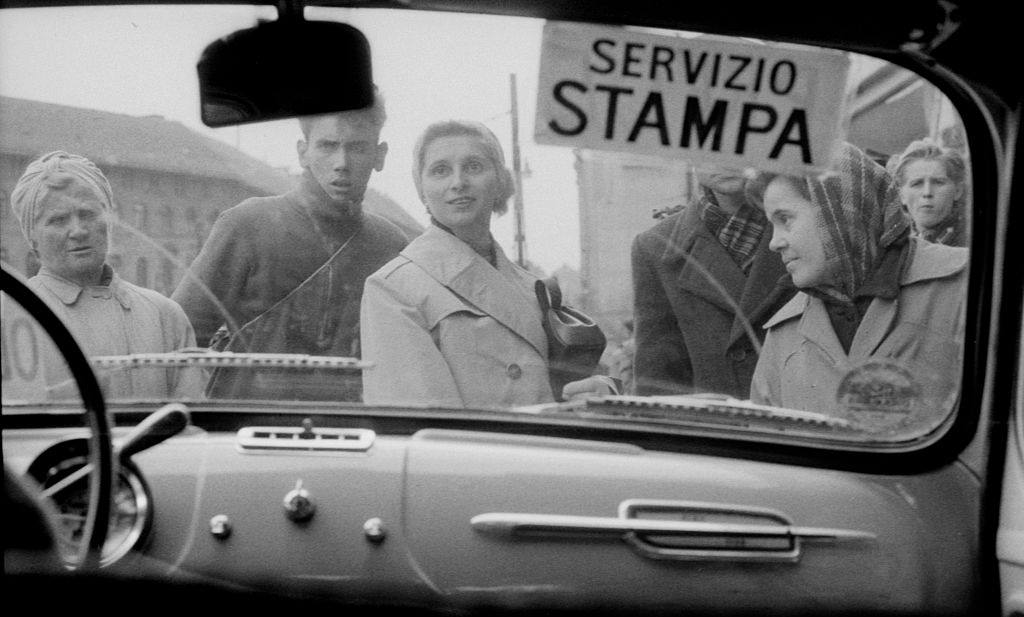
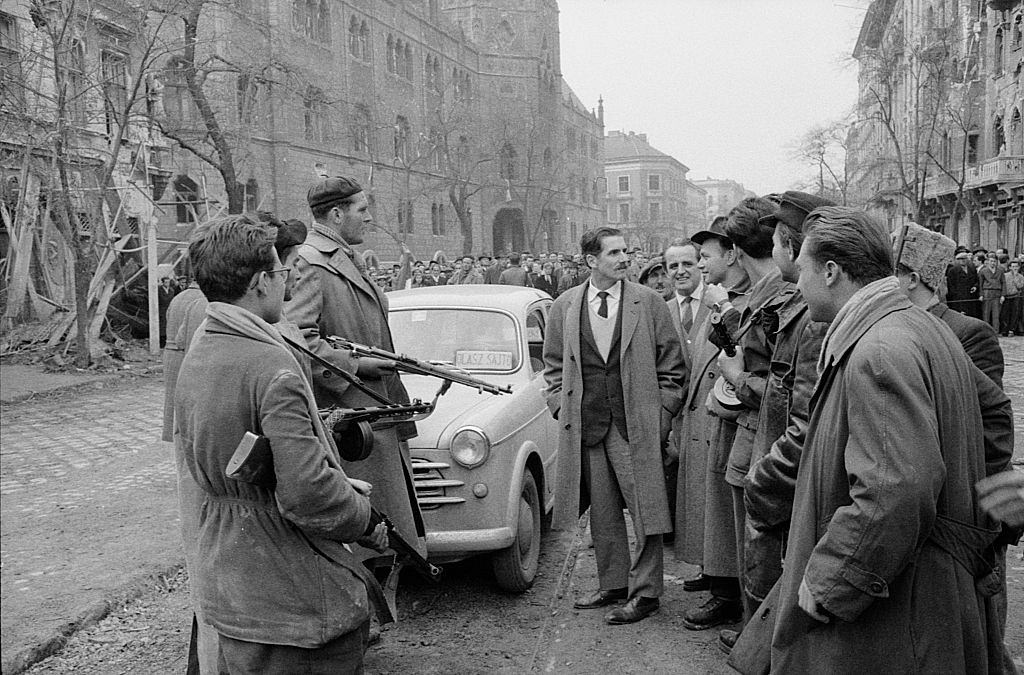
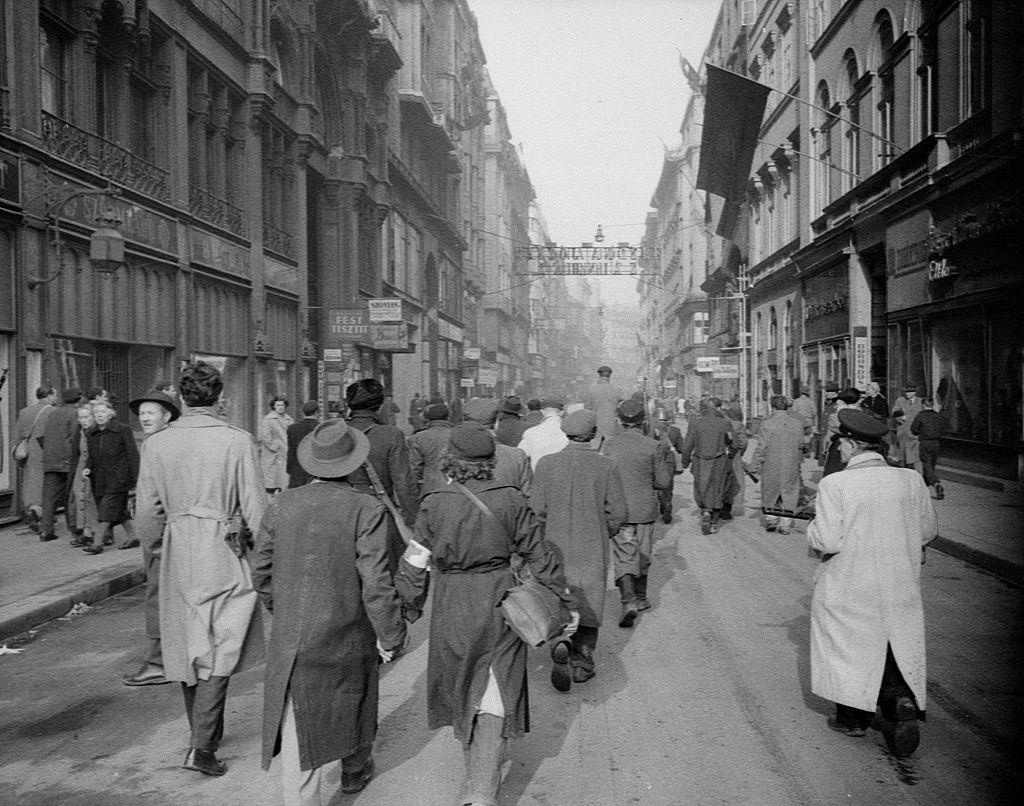
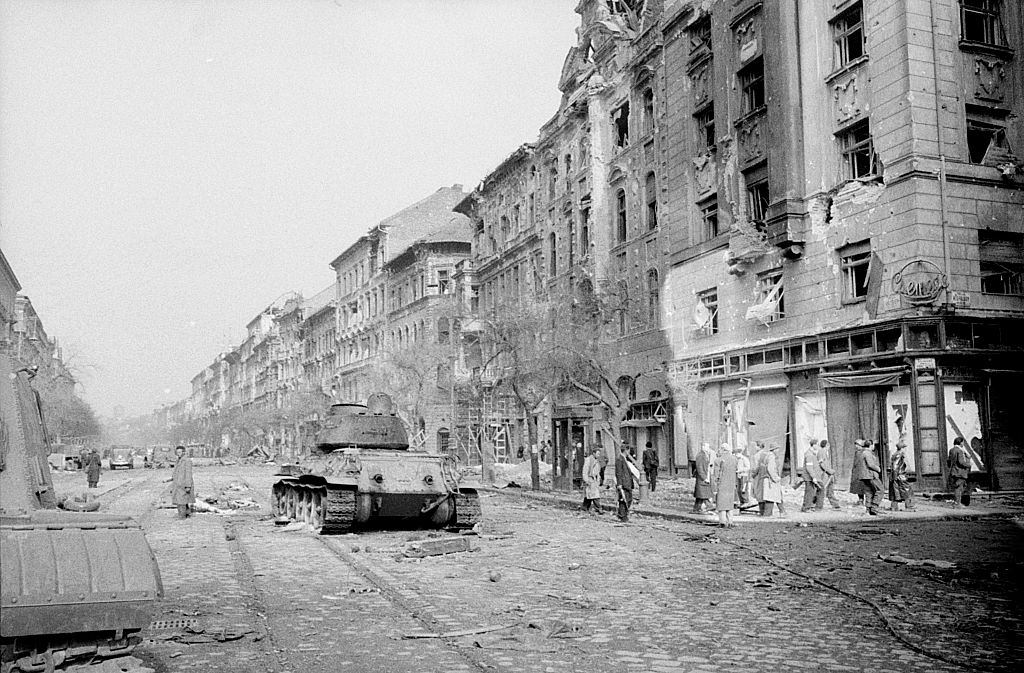
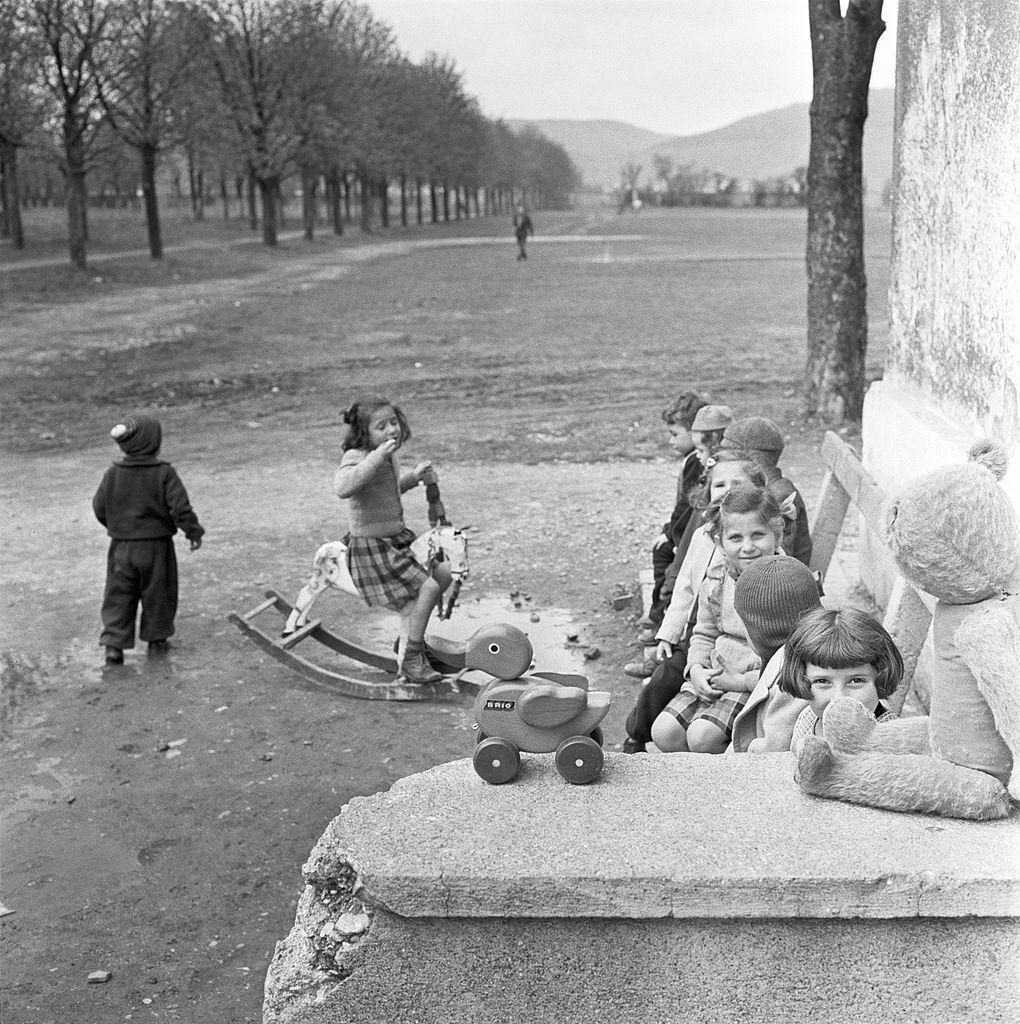
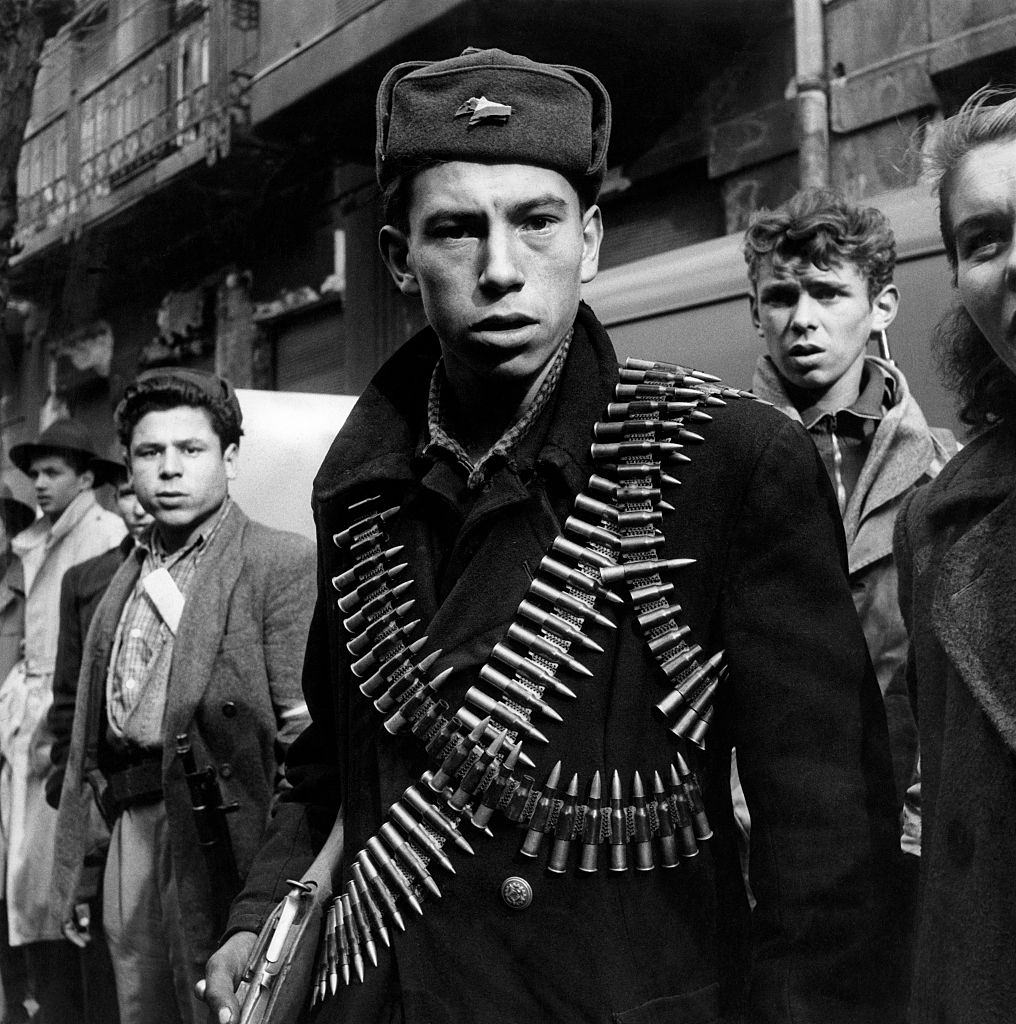
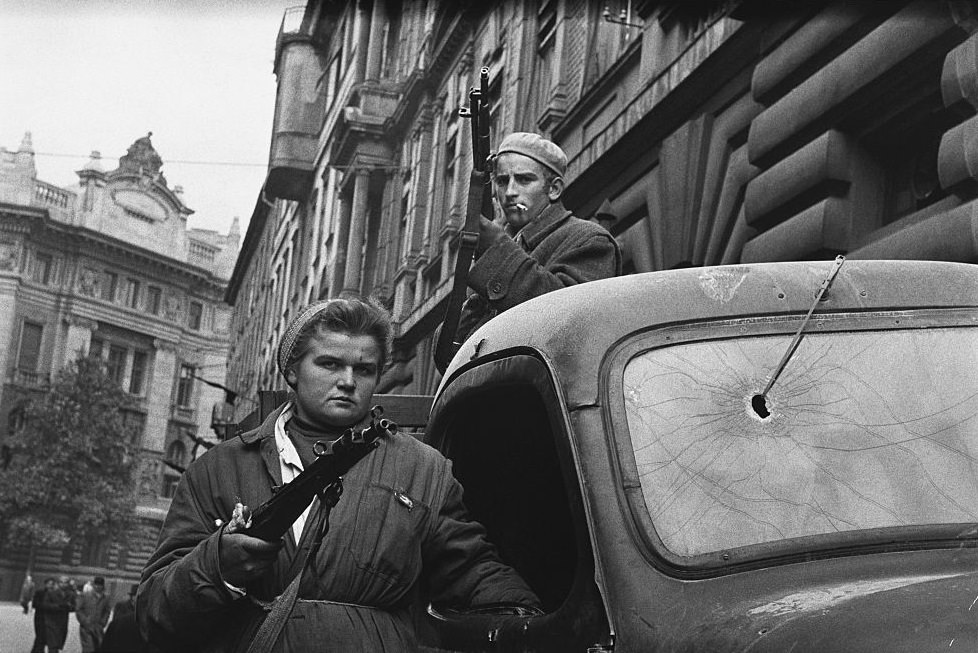
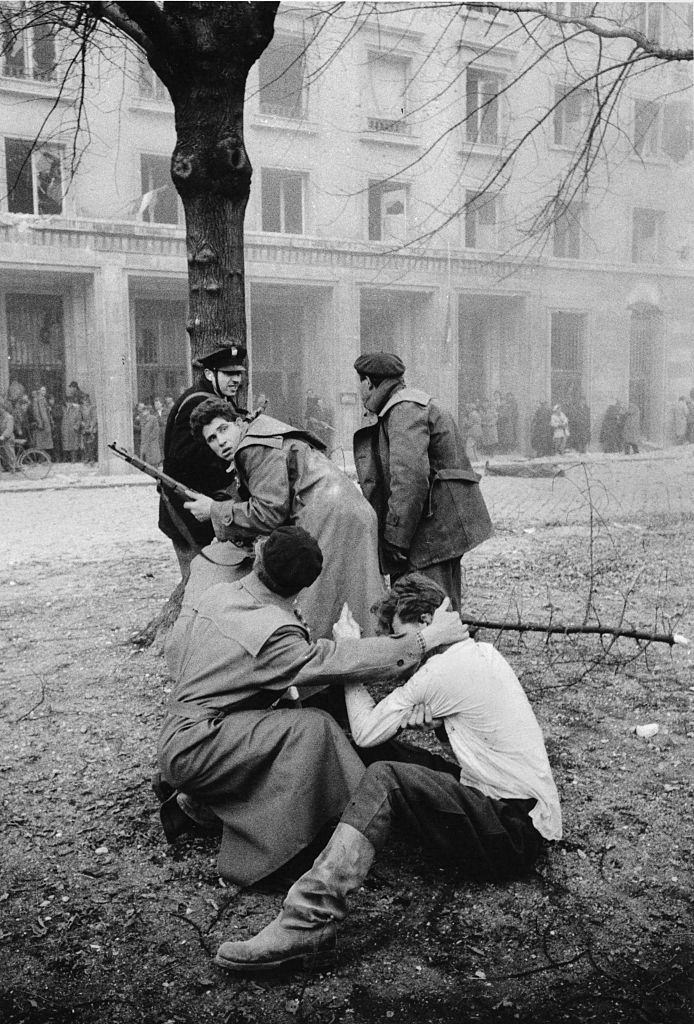
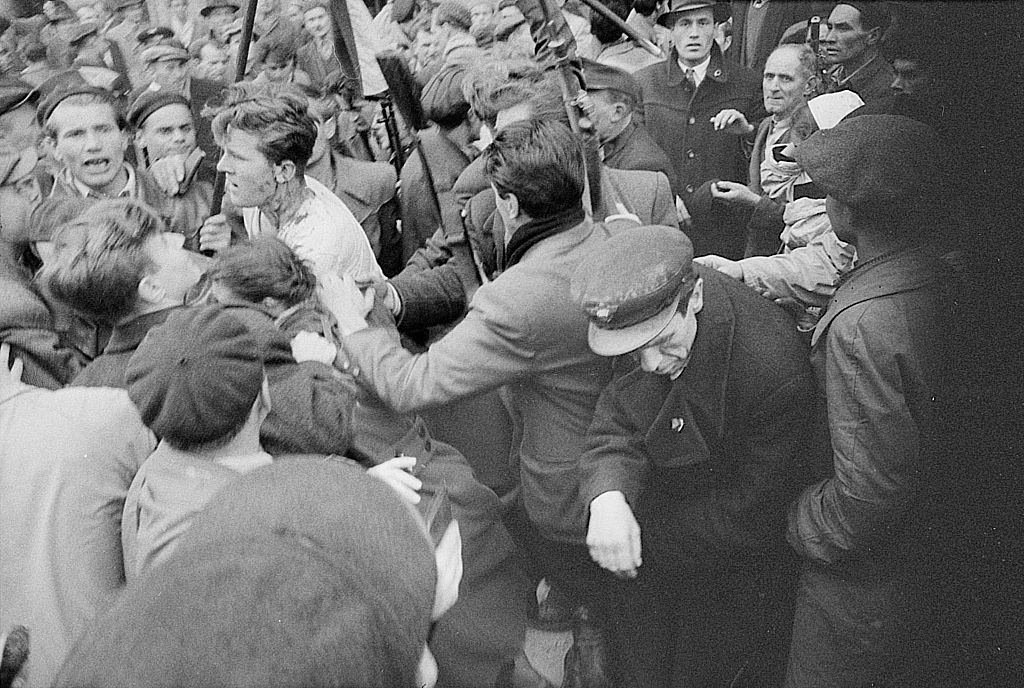
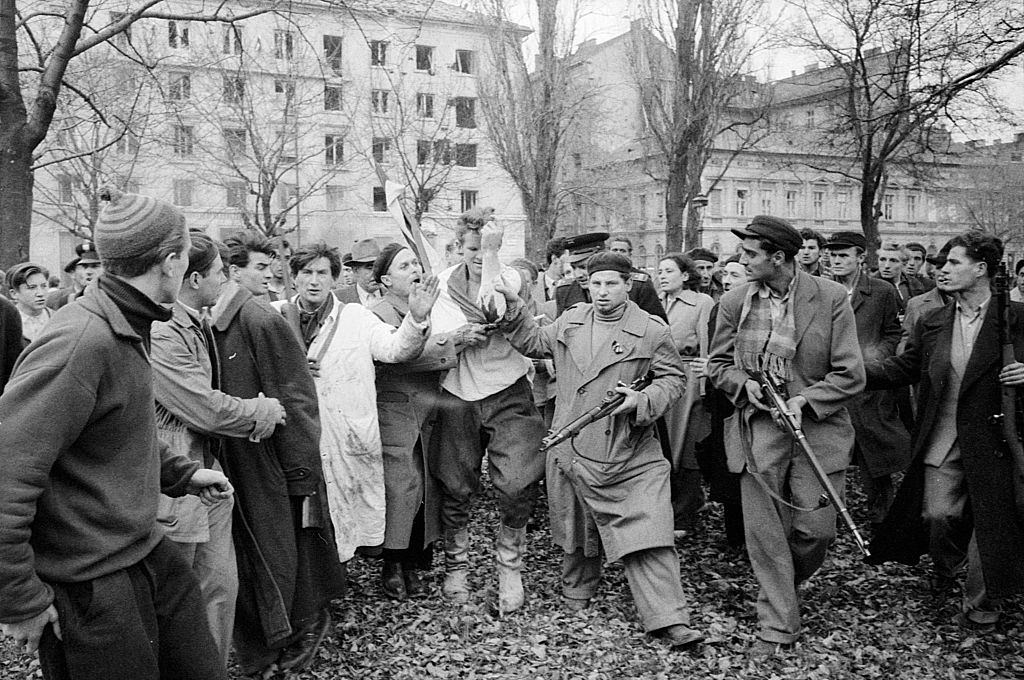
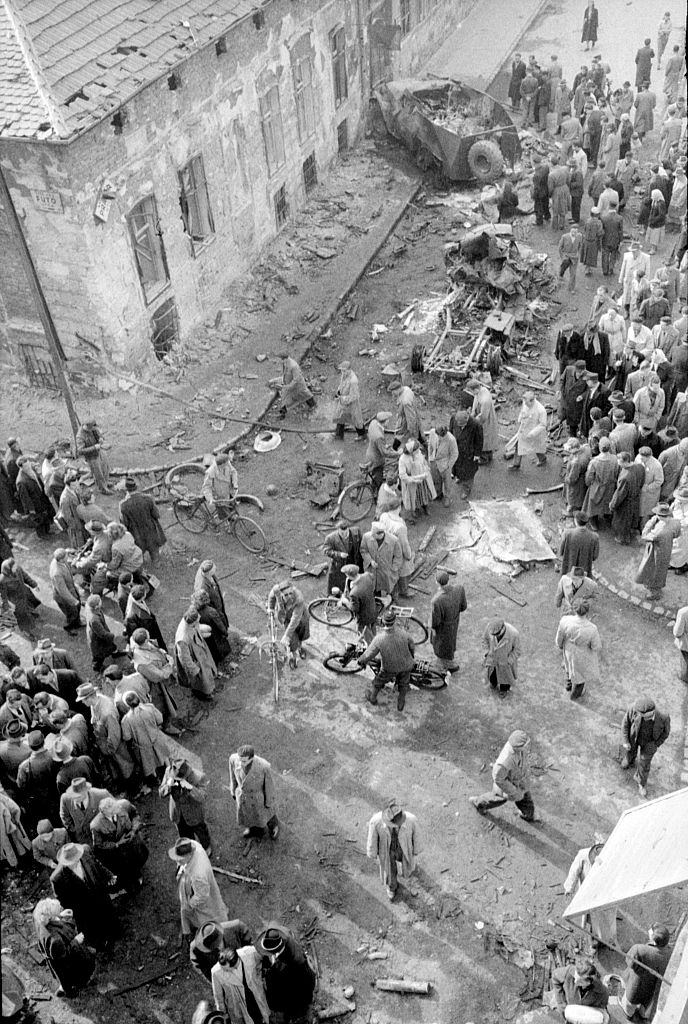
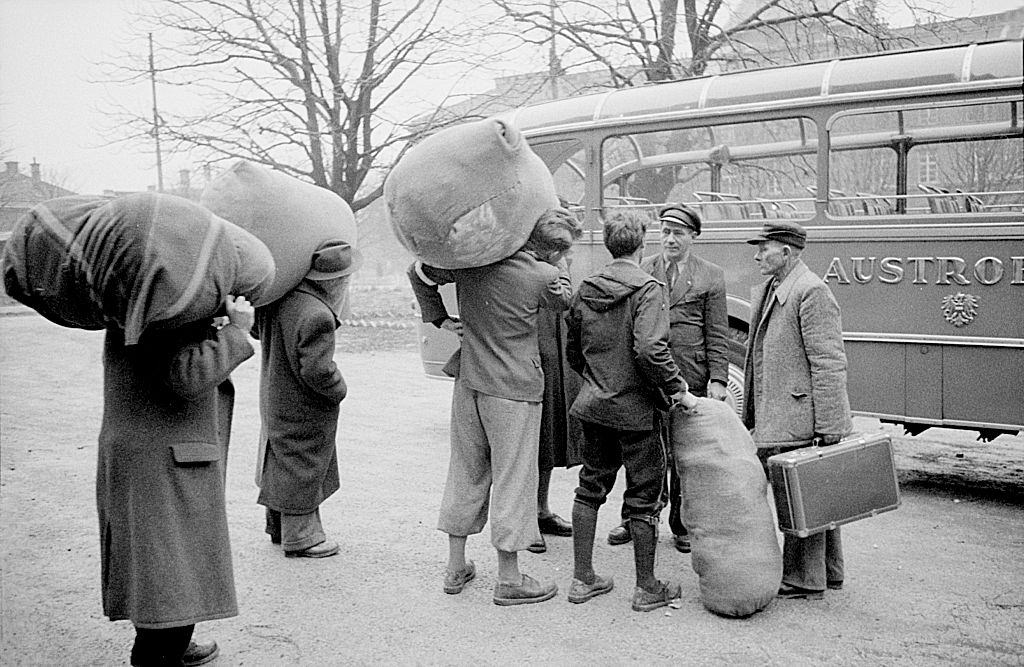

We get the term “tankies” from this. Leftists were disgusted by their comrades’ defence of sending tanks to crush a popular rebellion.
Warsaw Pact, the good ol’ days. You have to invade partner countries to keep them in line…
Imre Nagy is a poor man. His desperate radio appeals for assistance went unanswered. It wasn’t that people didn’t want to help. It was a cold war.
He had plenty of people execute himself.